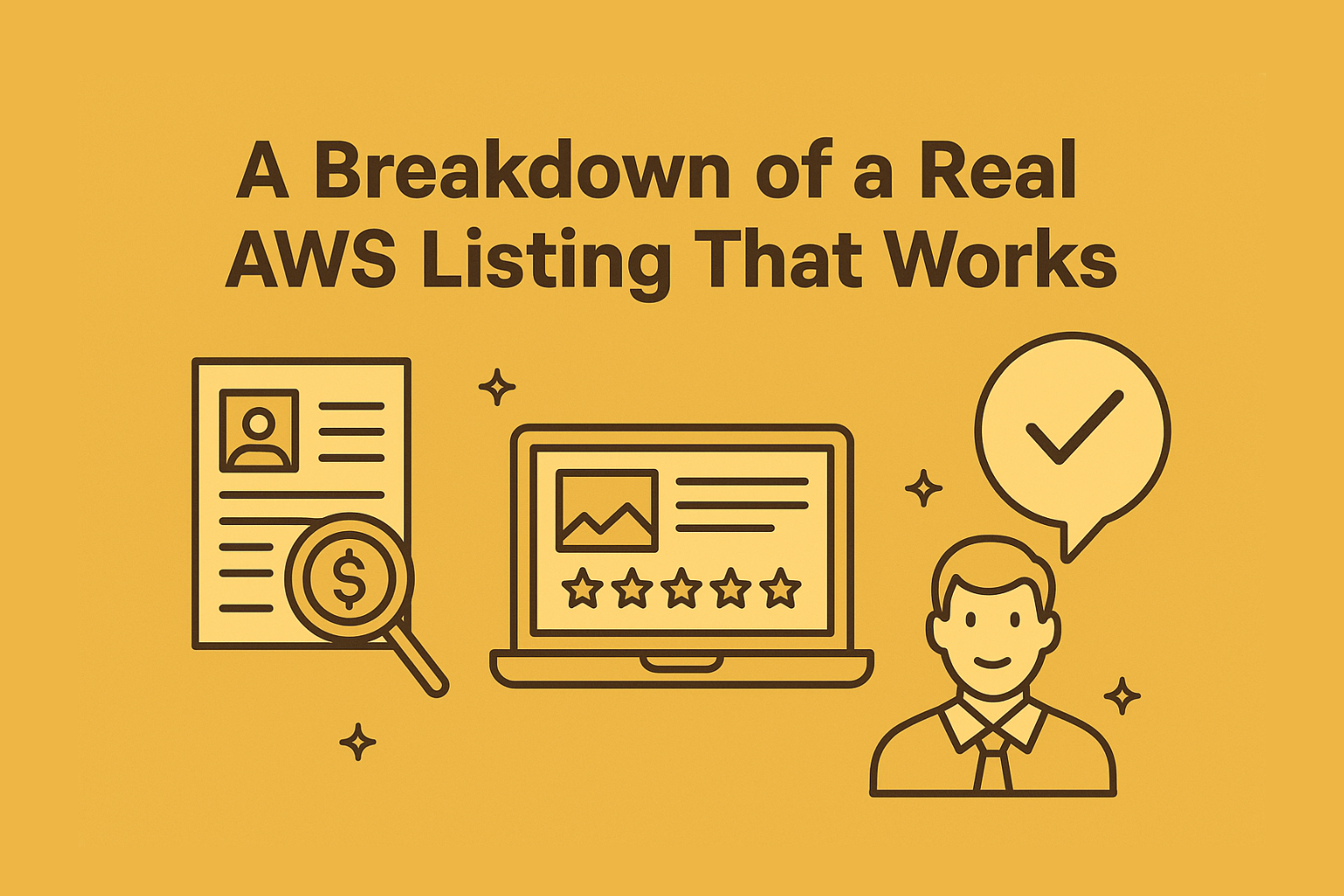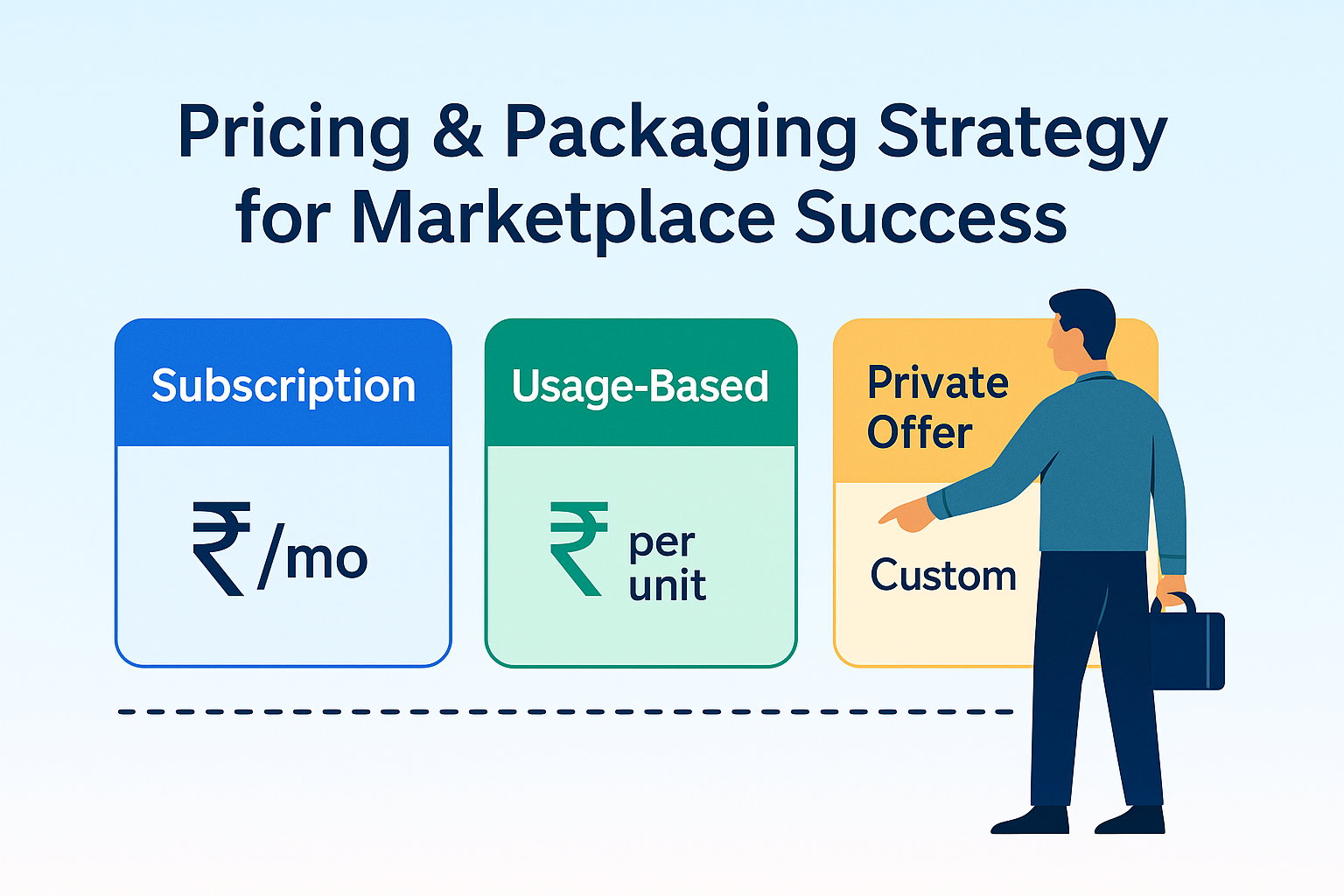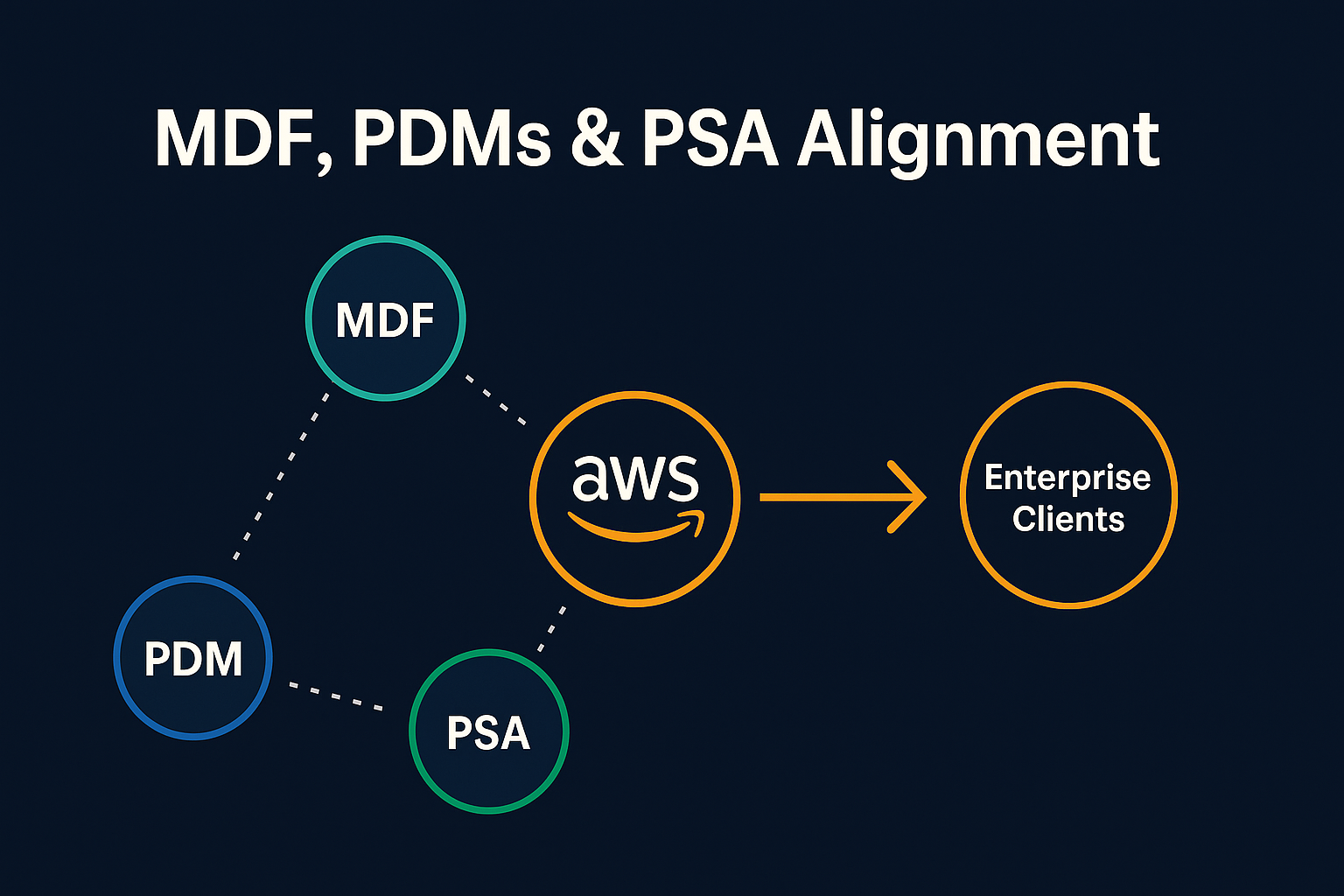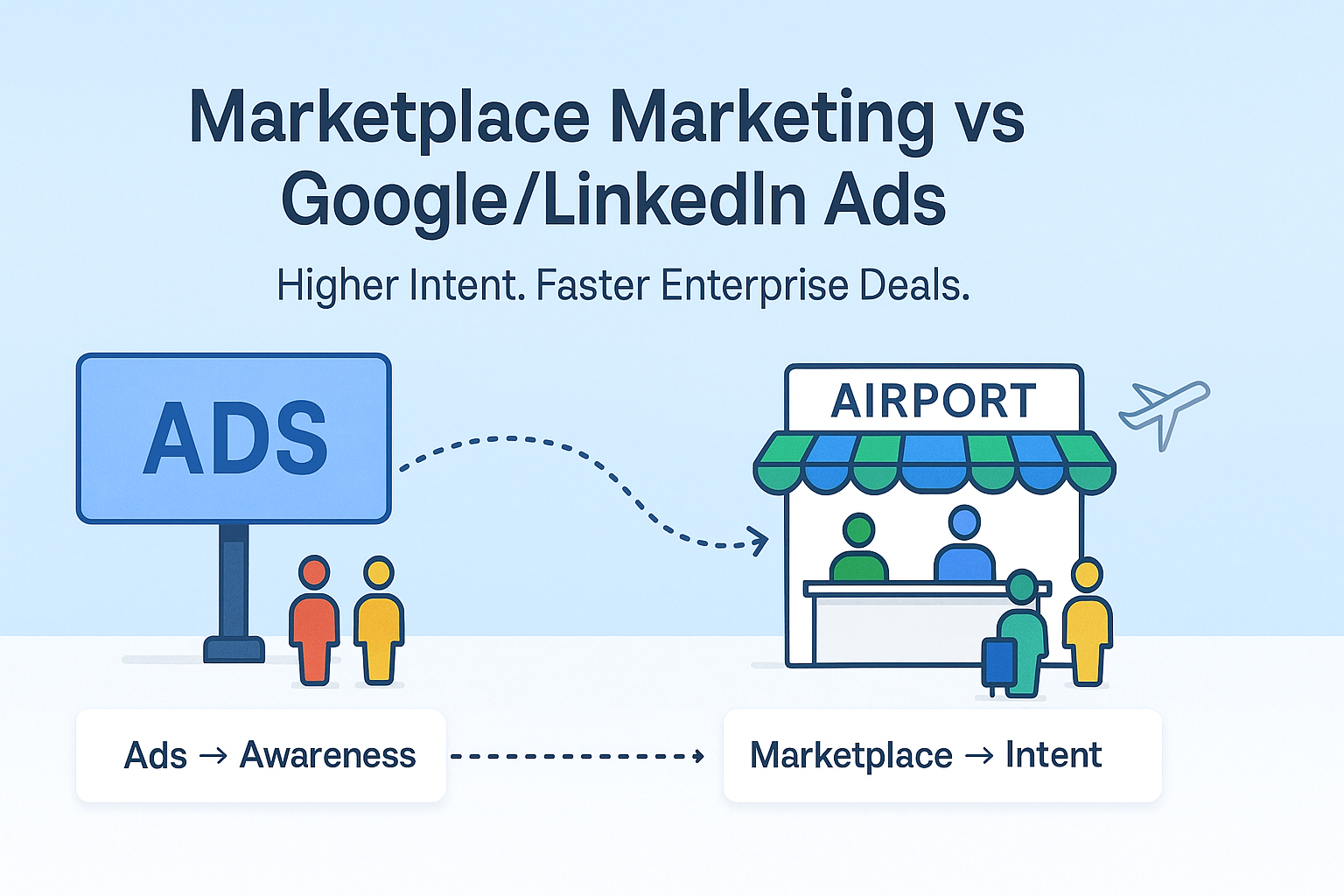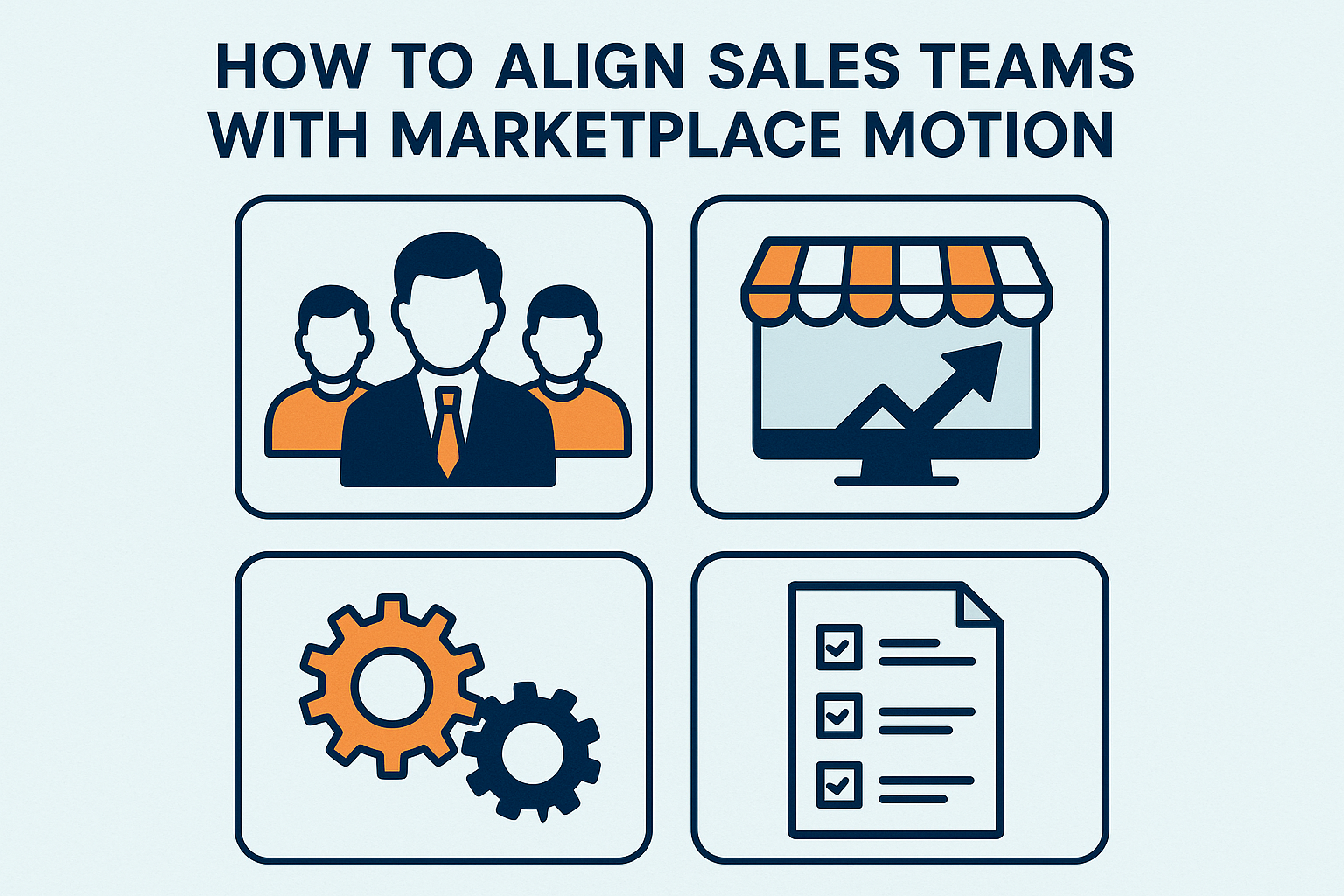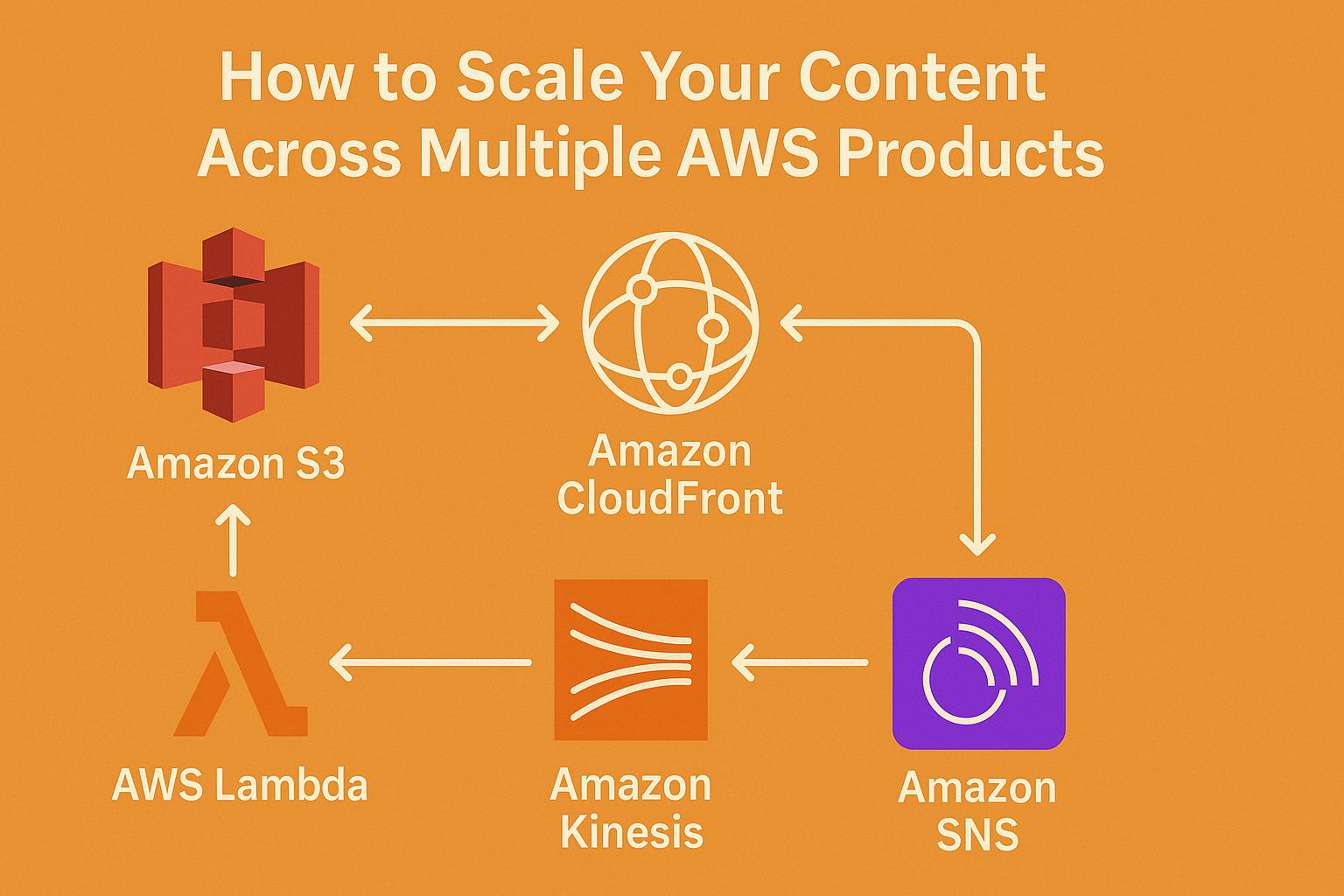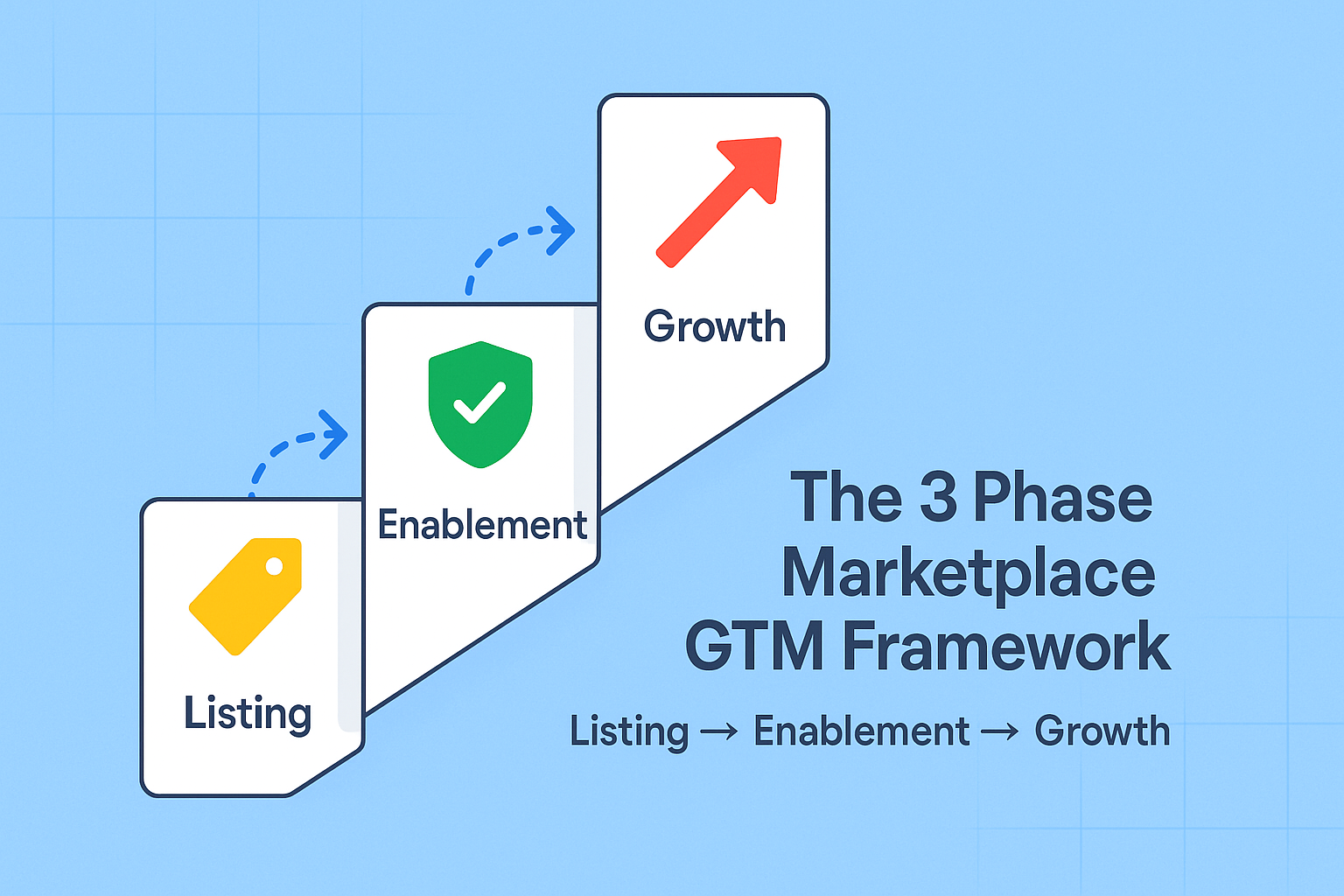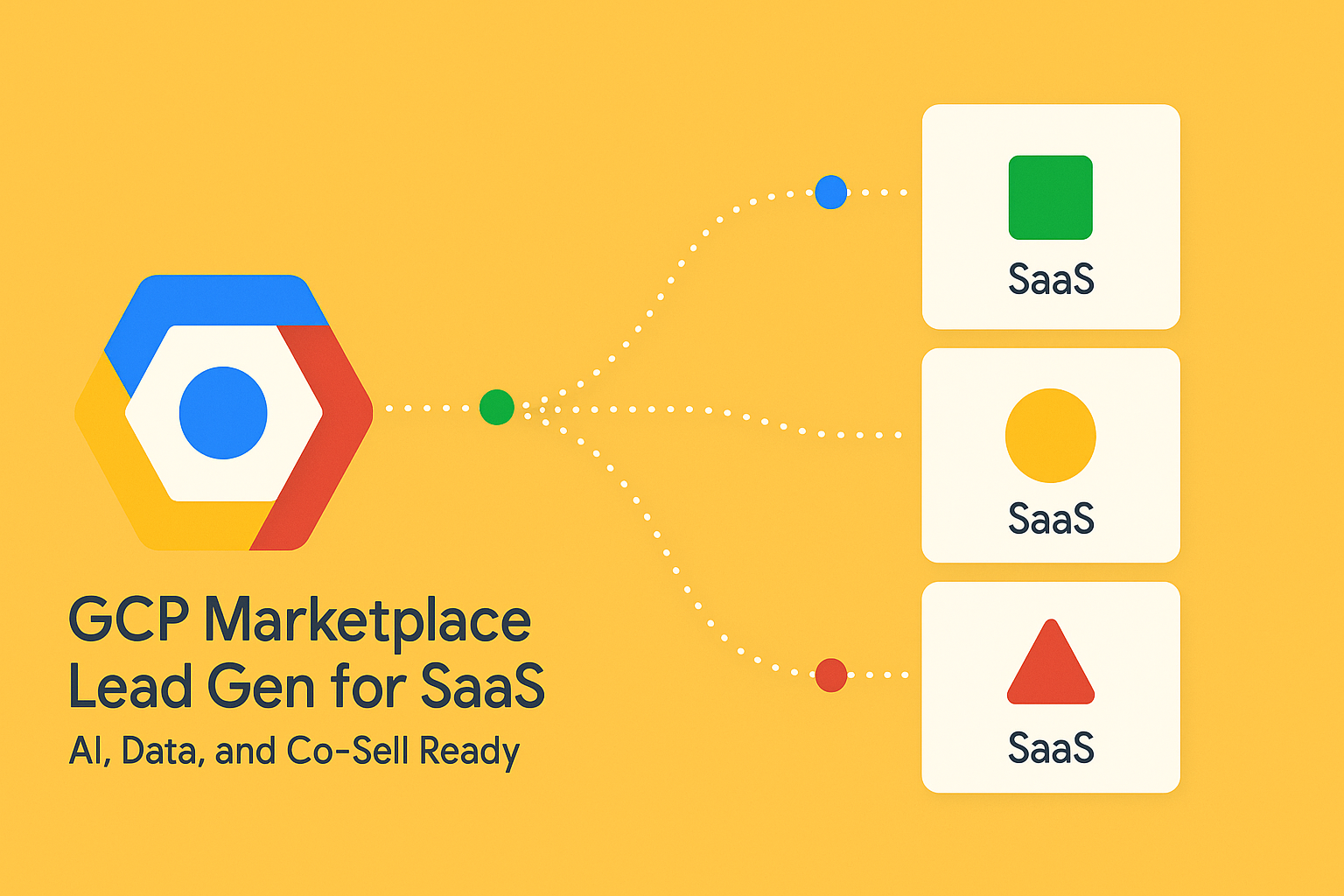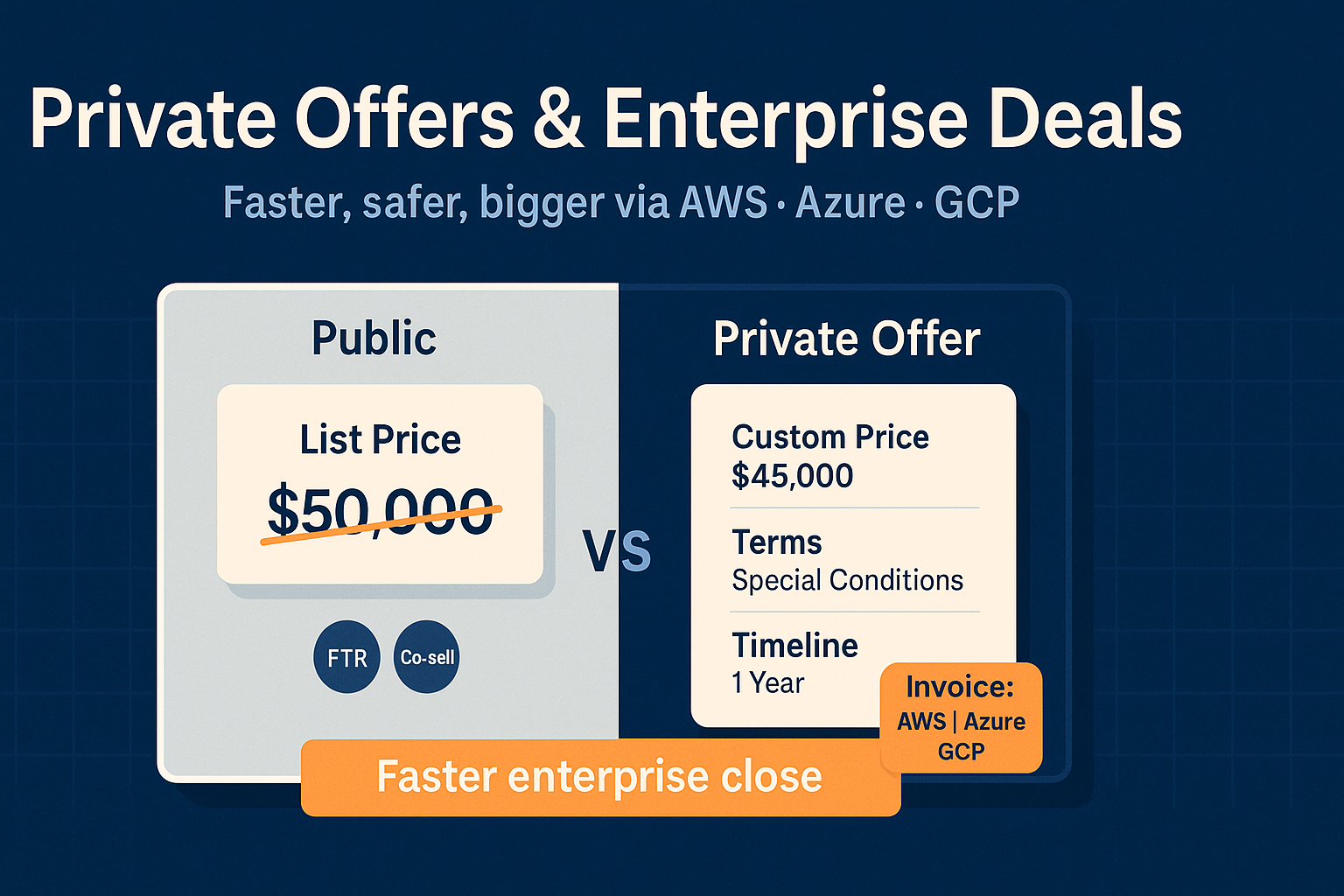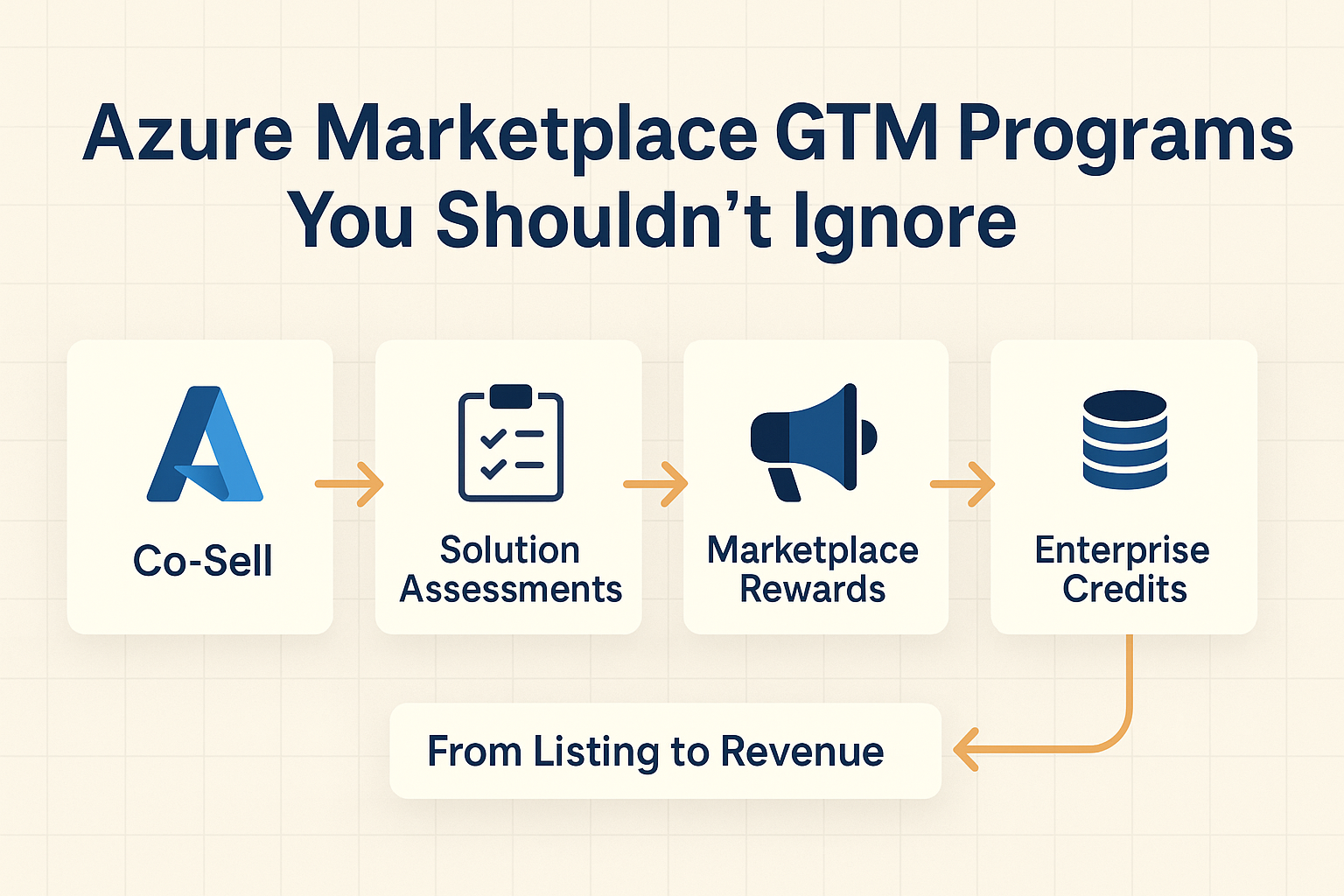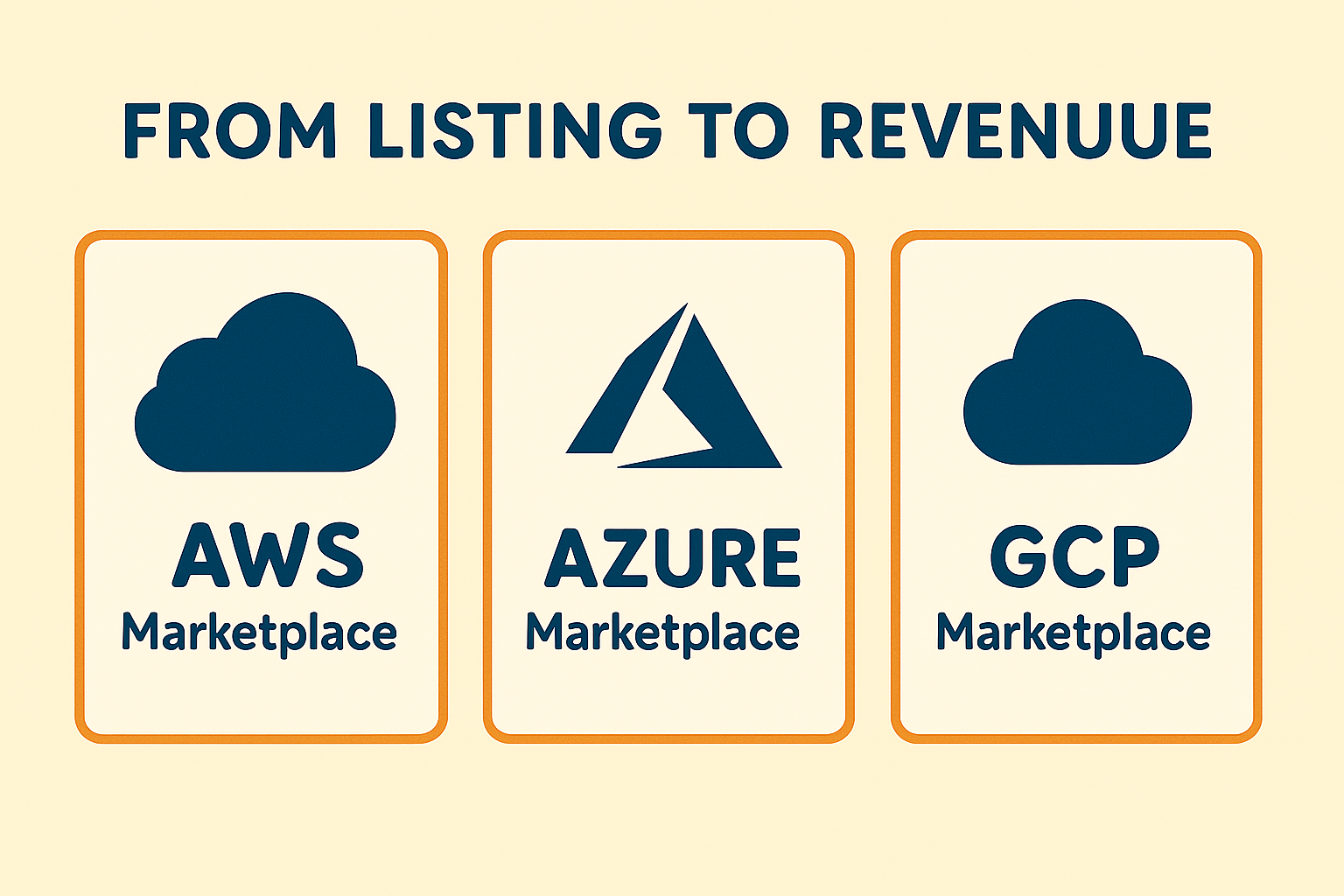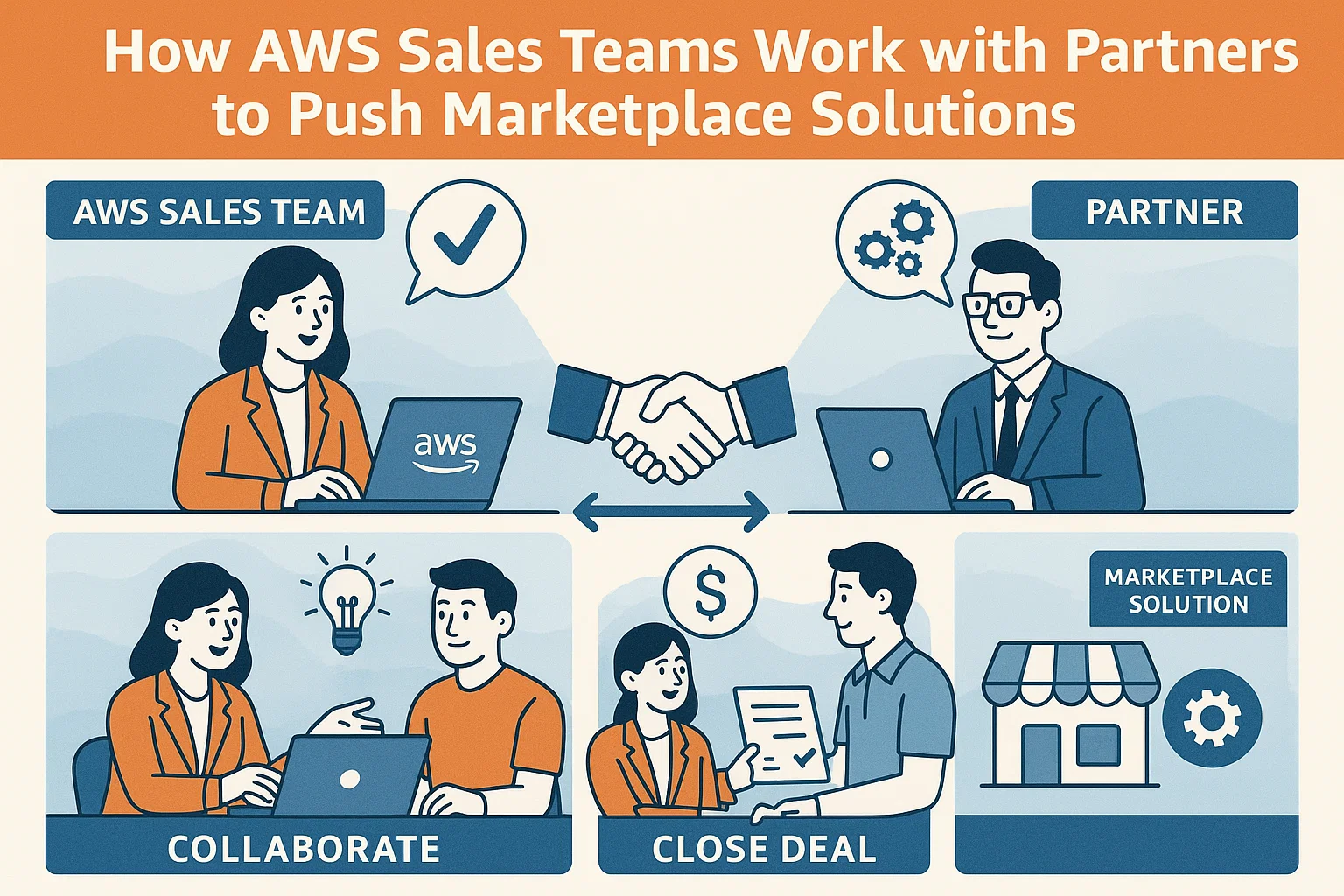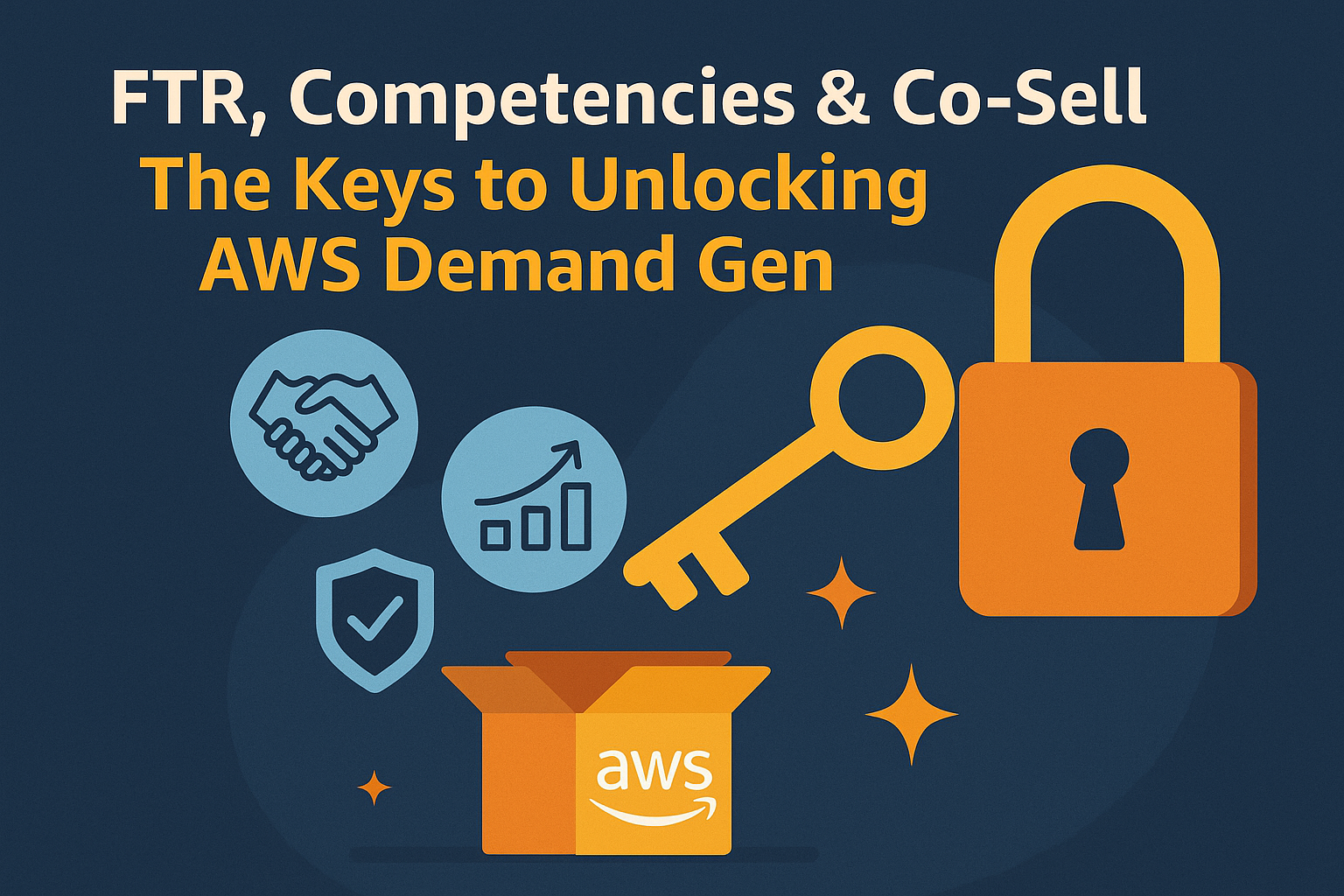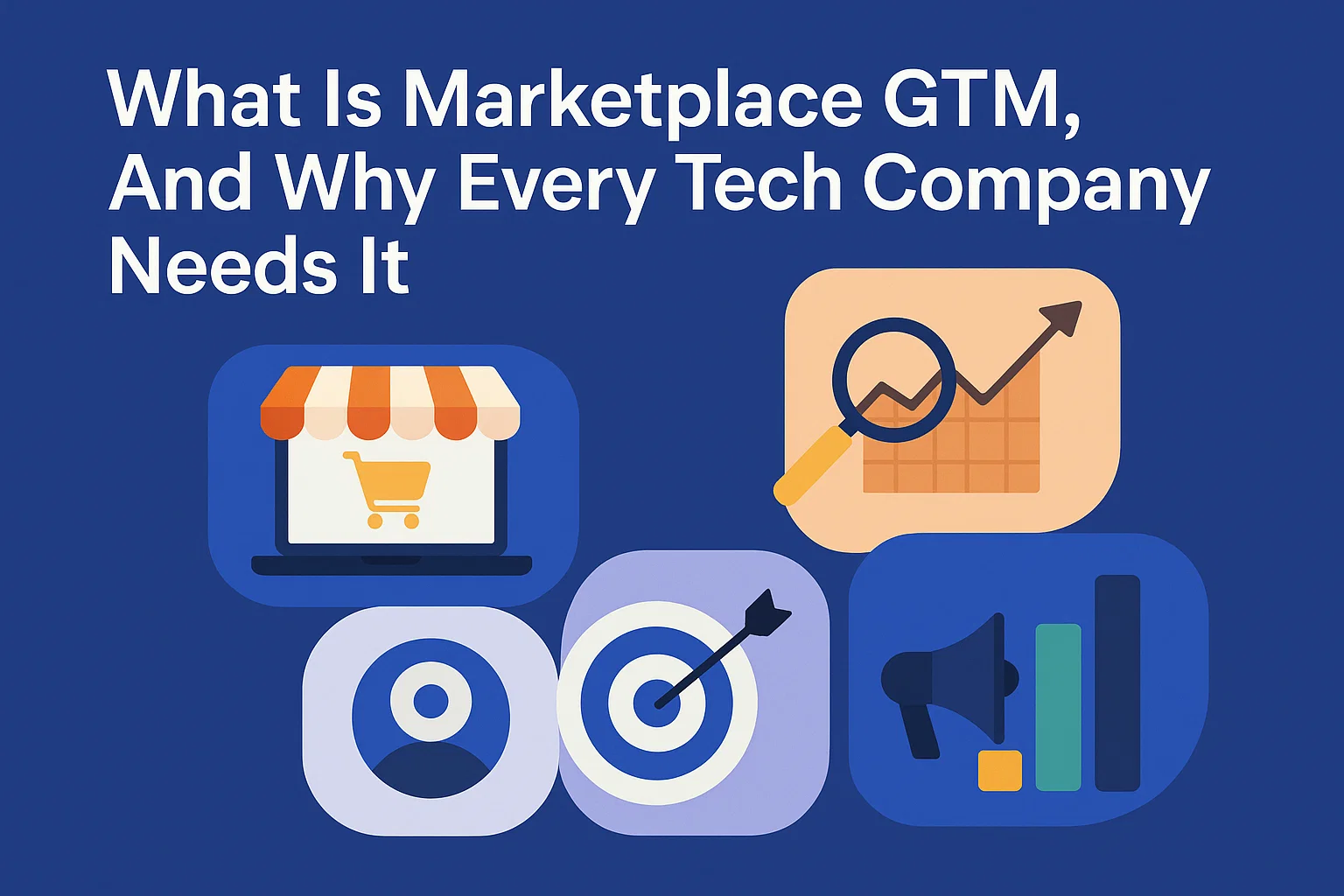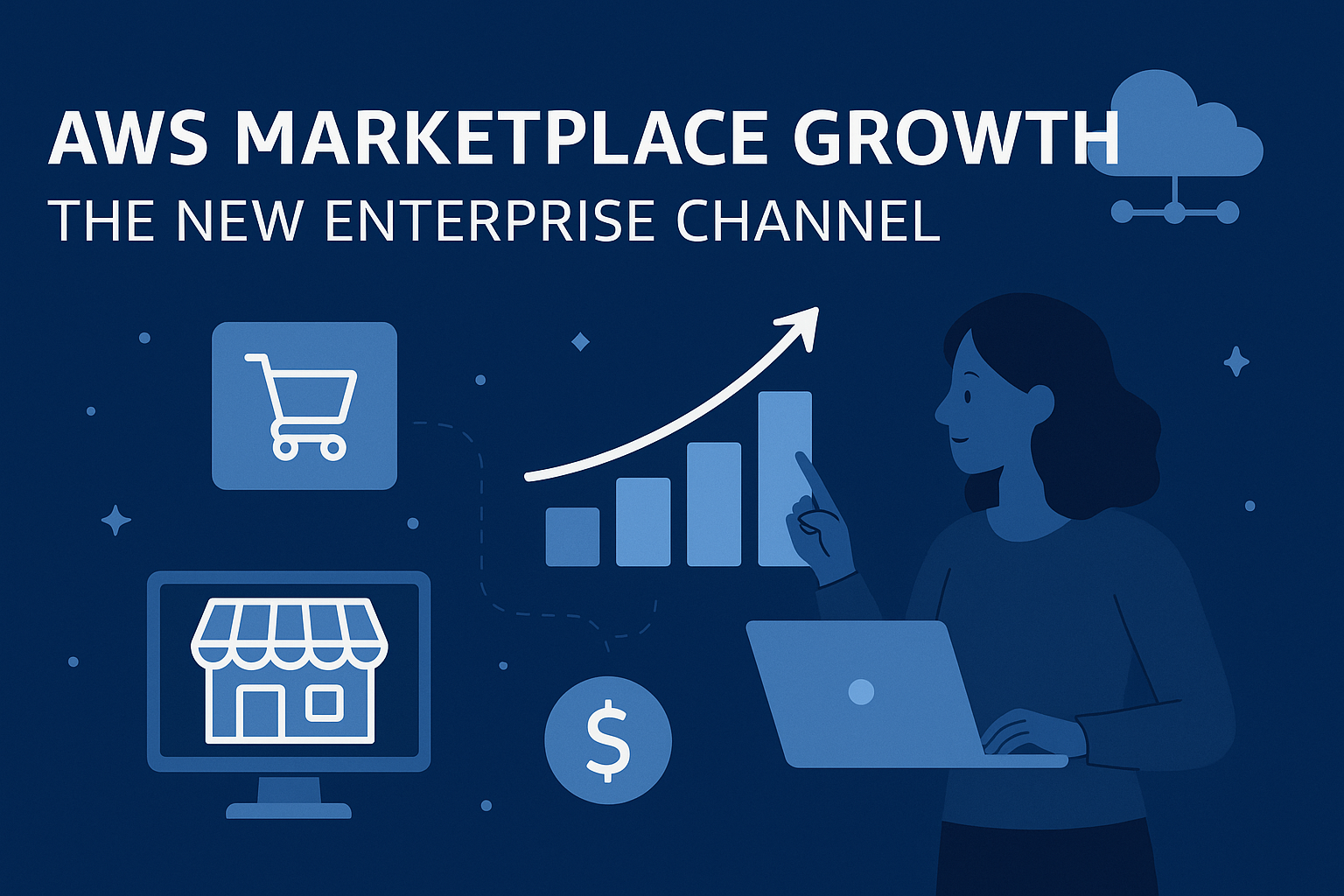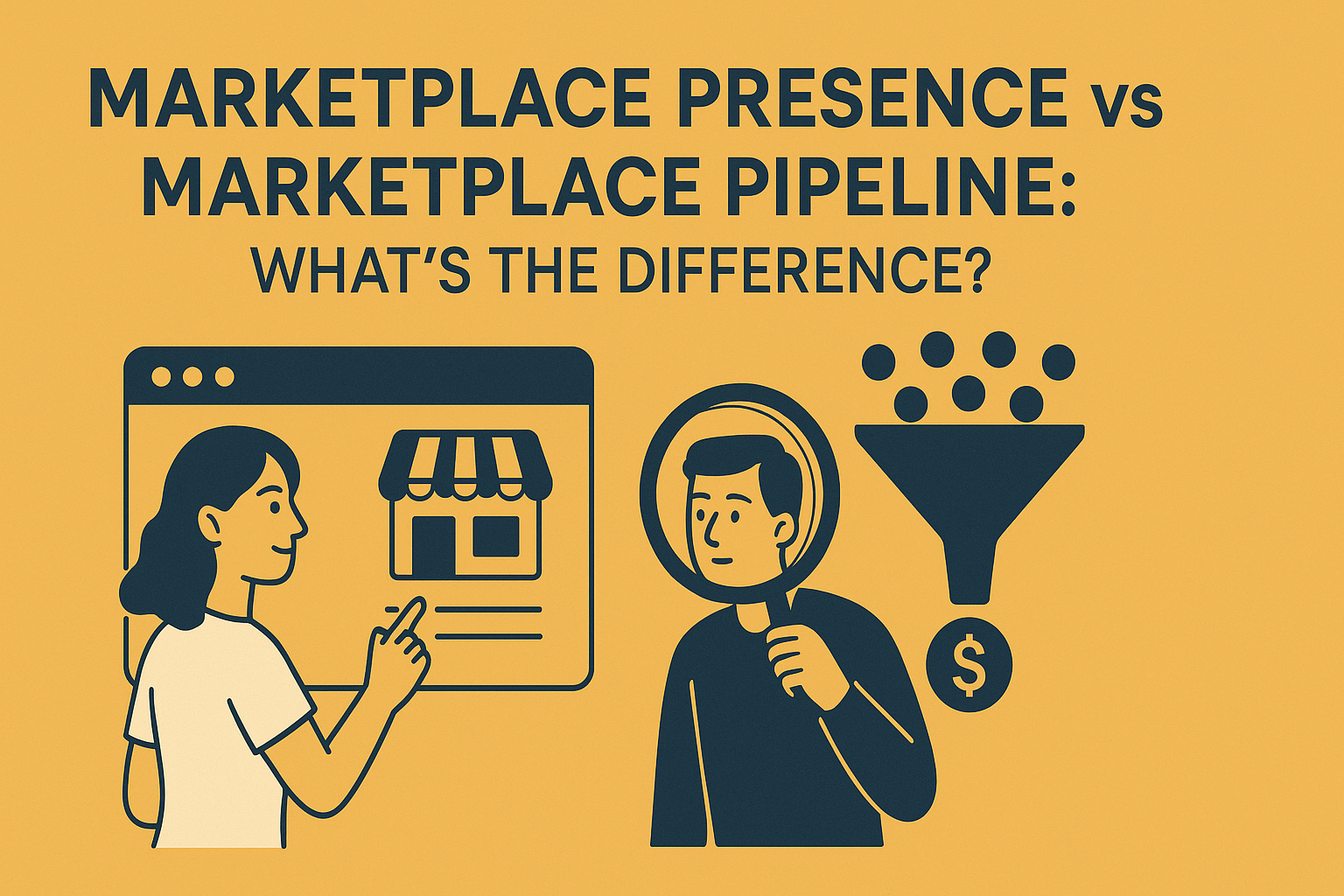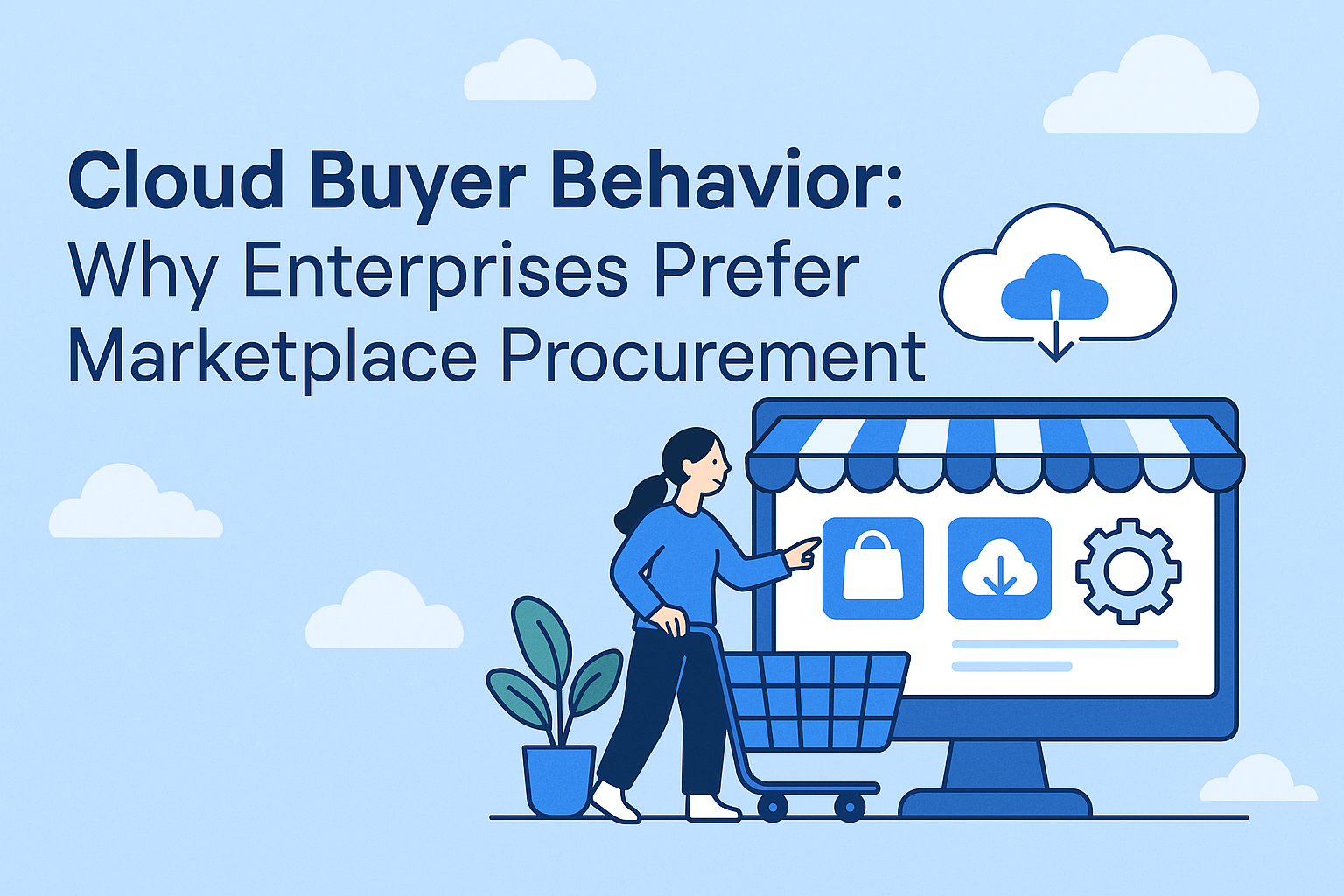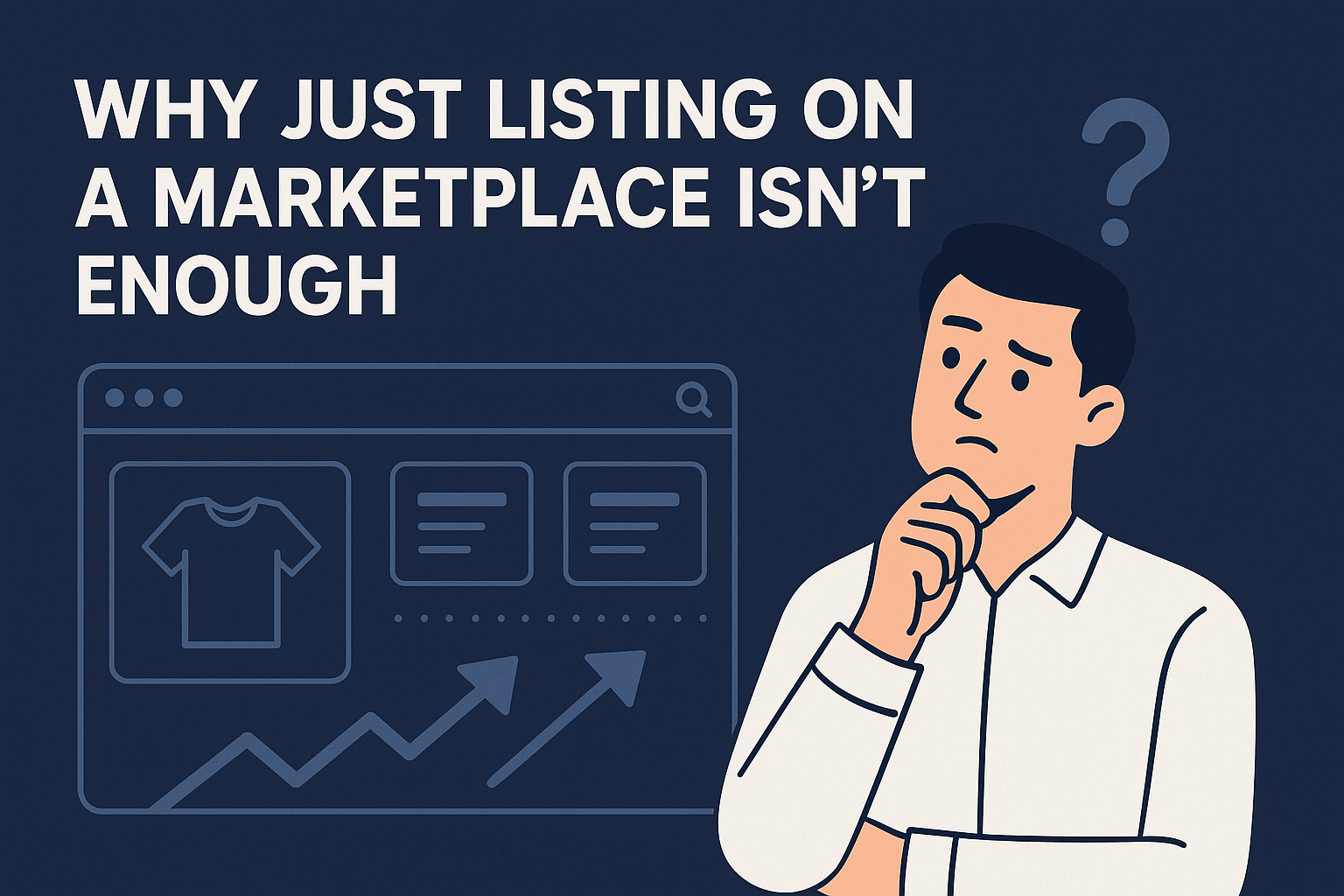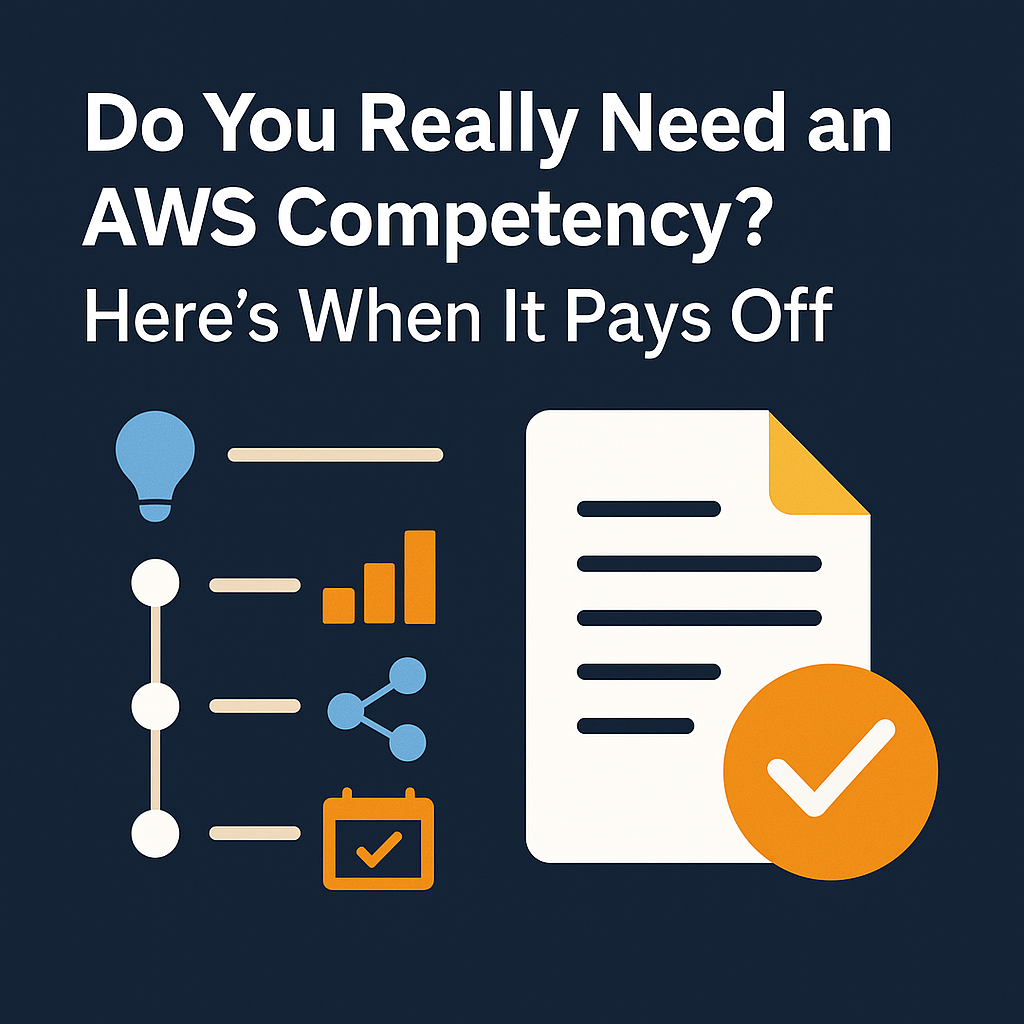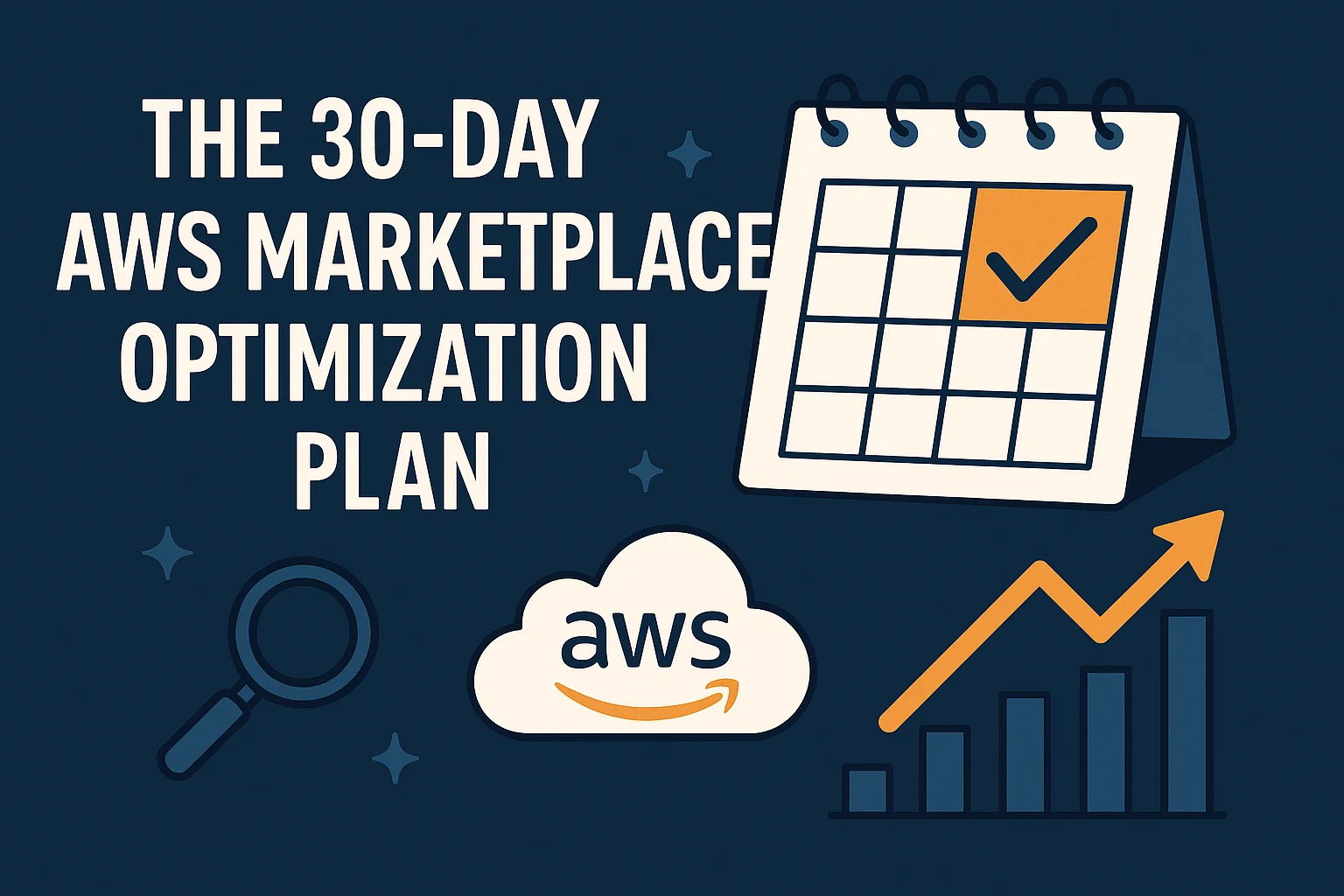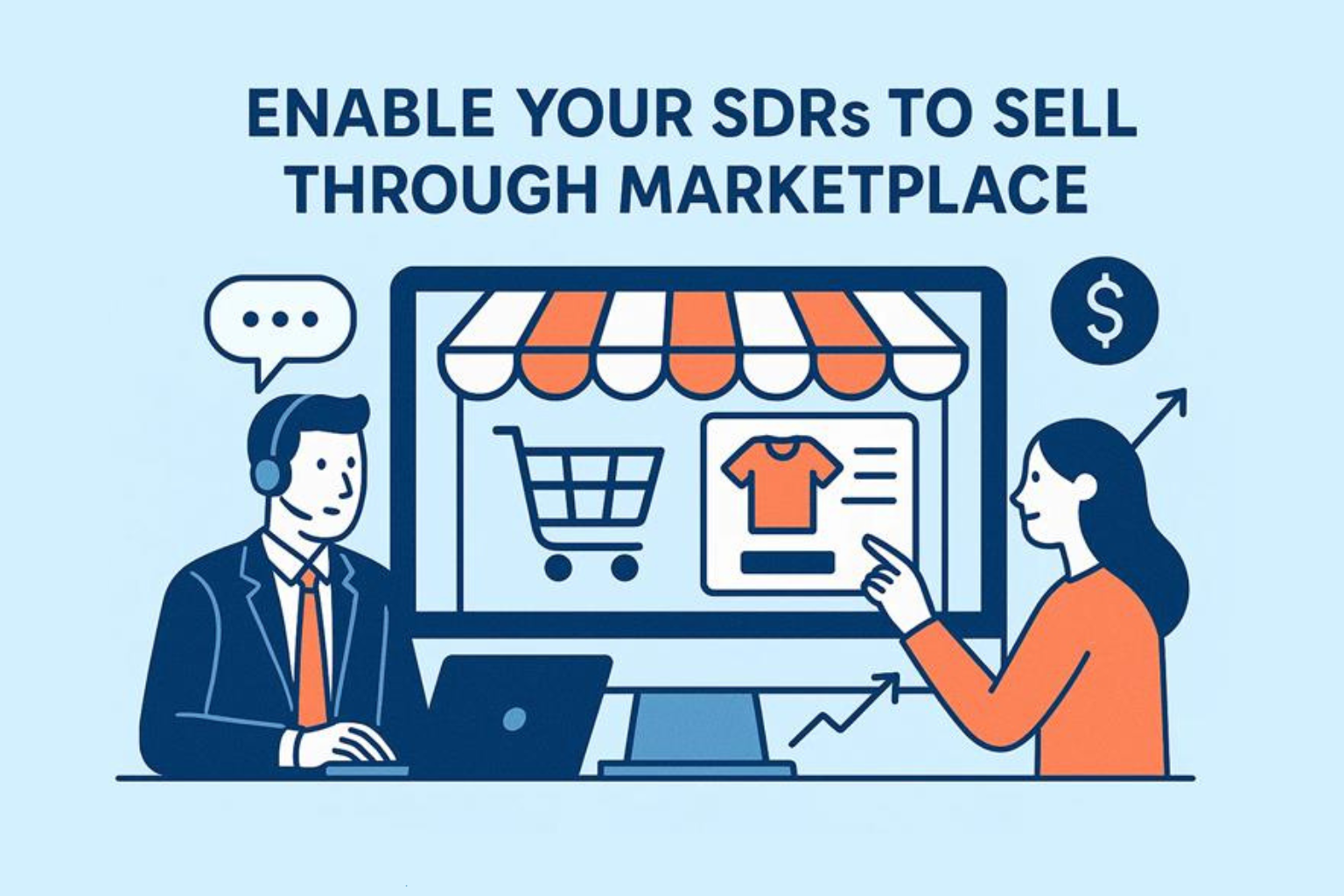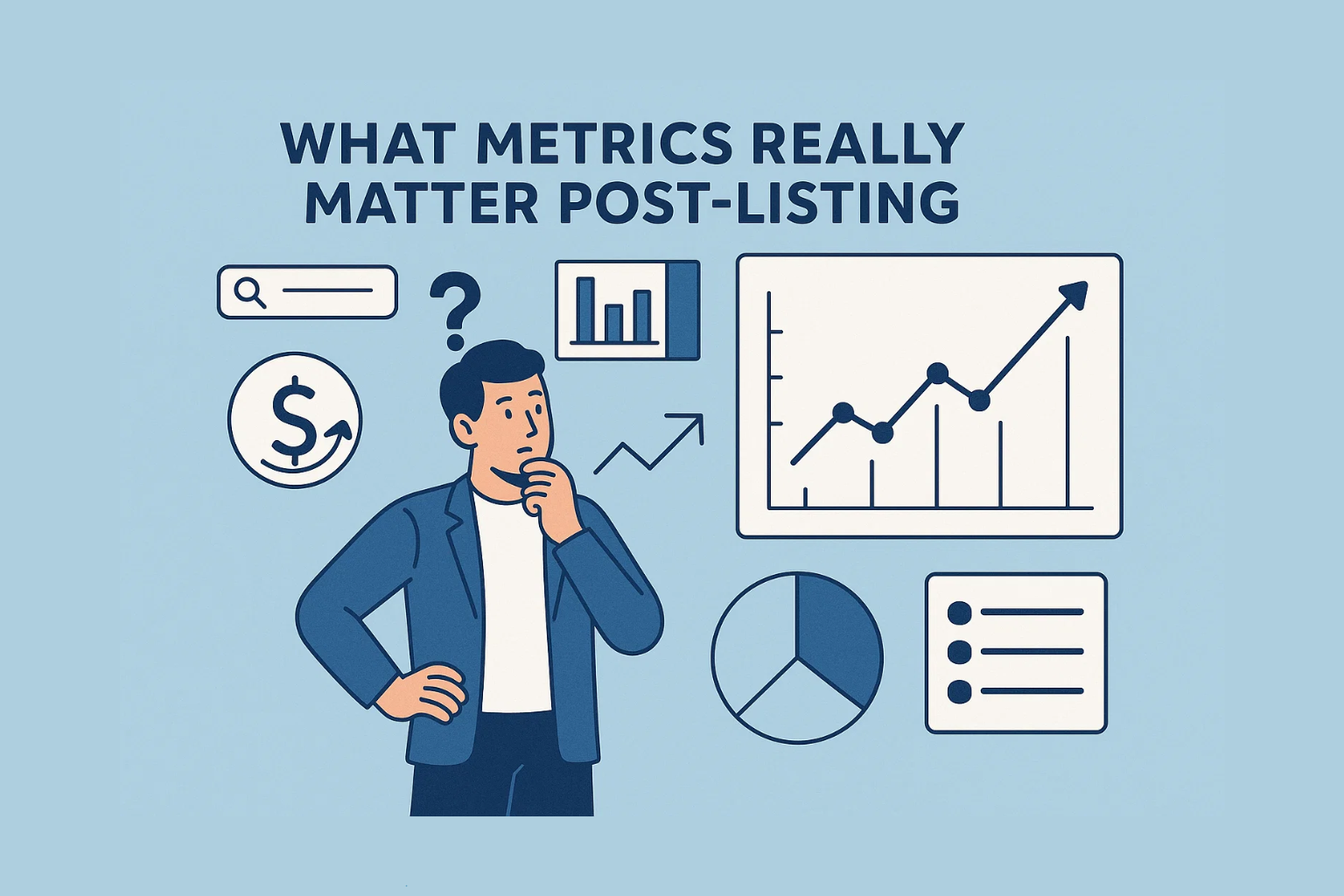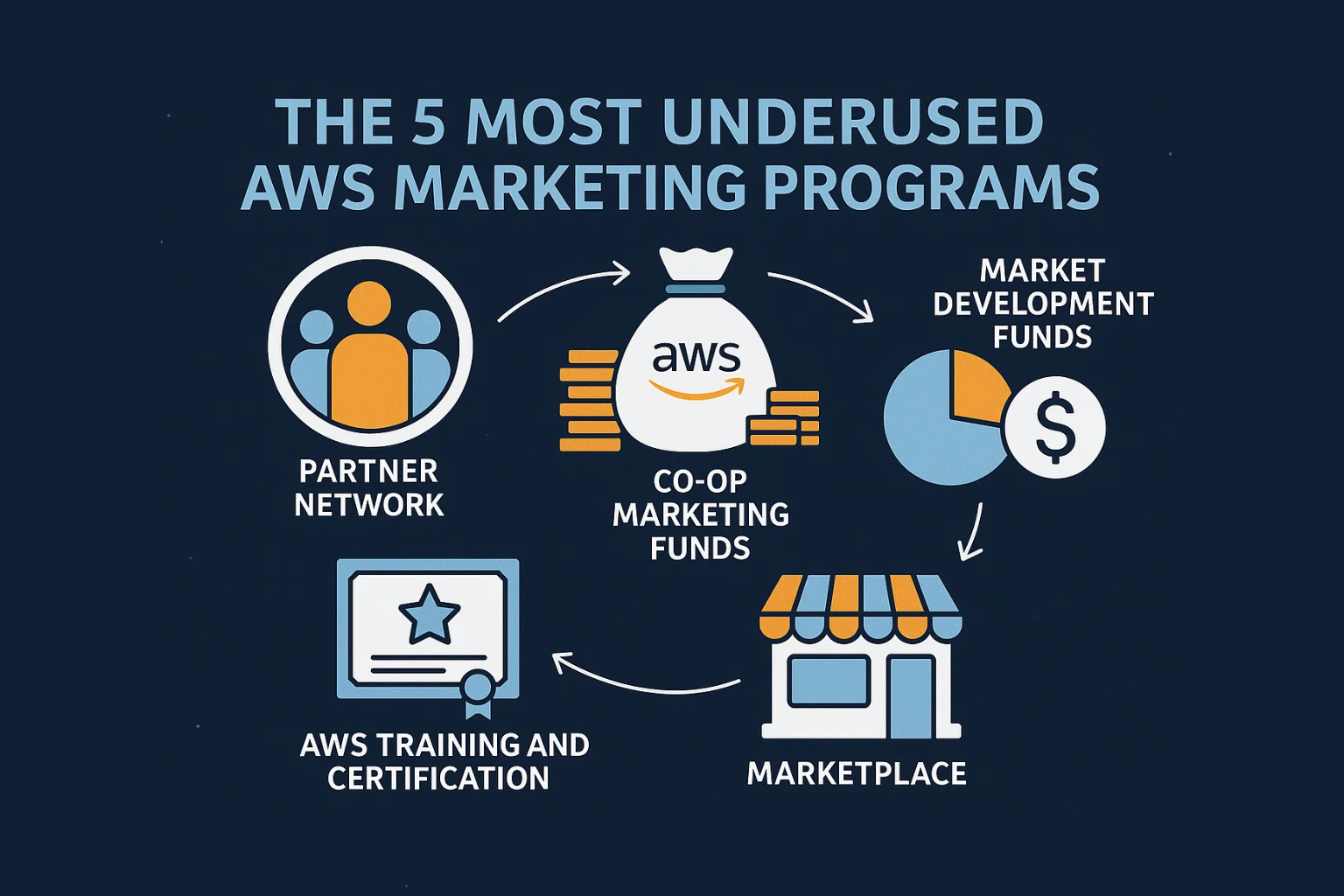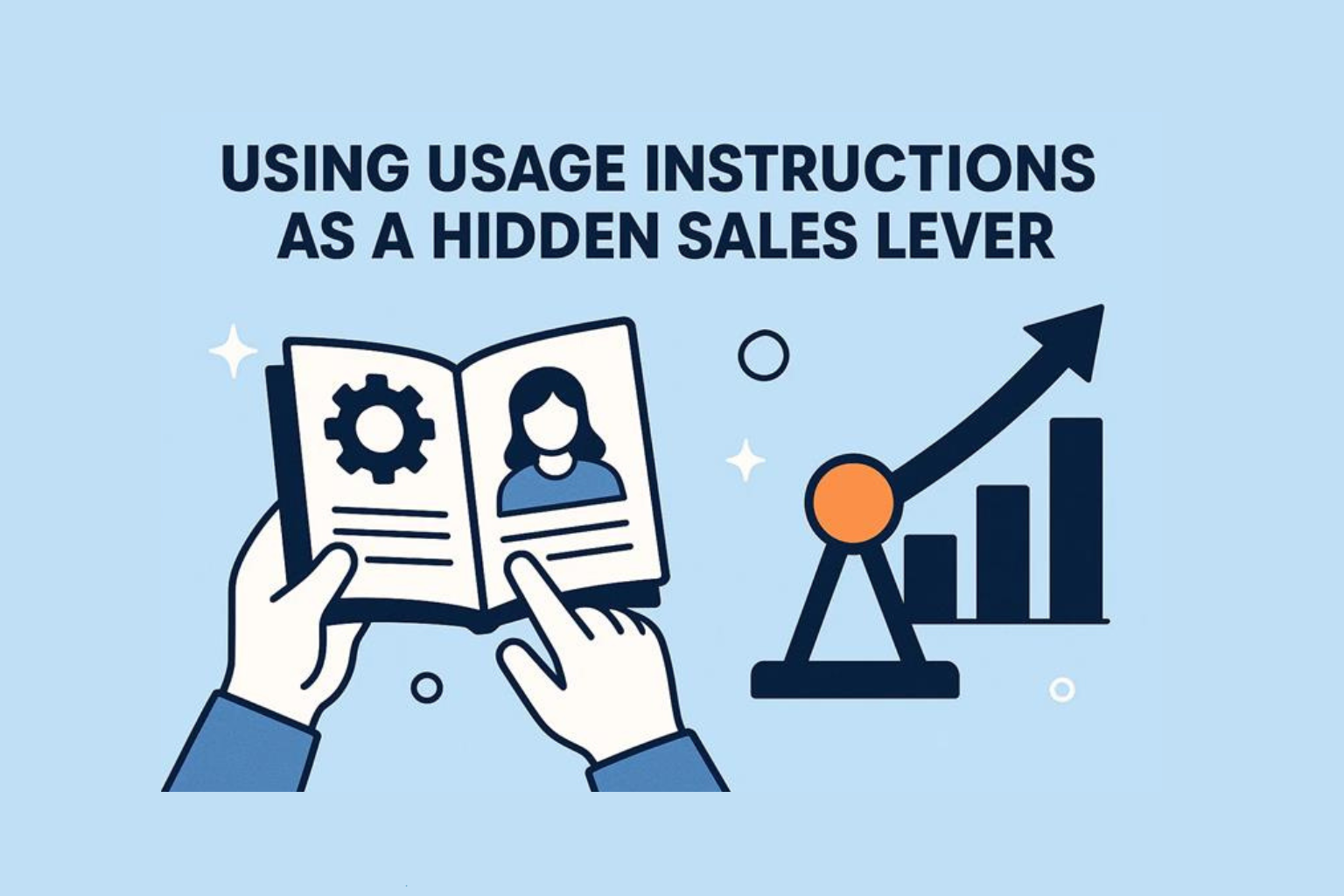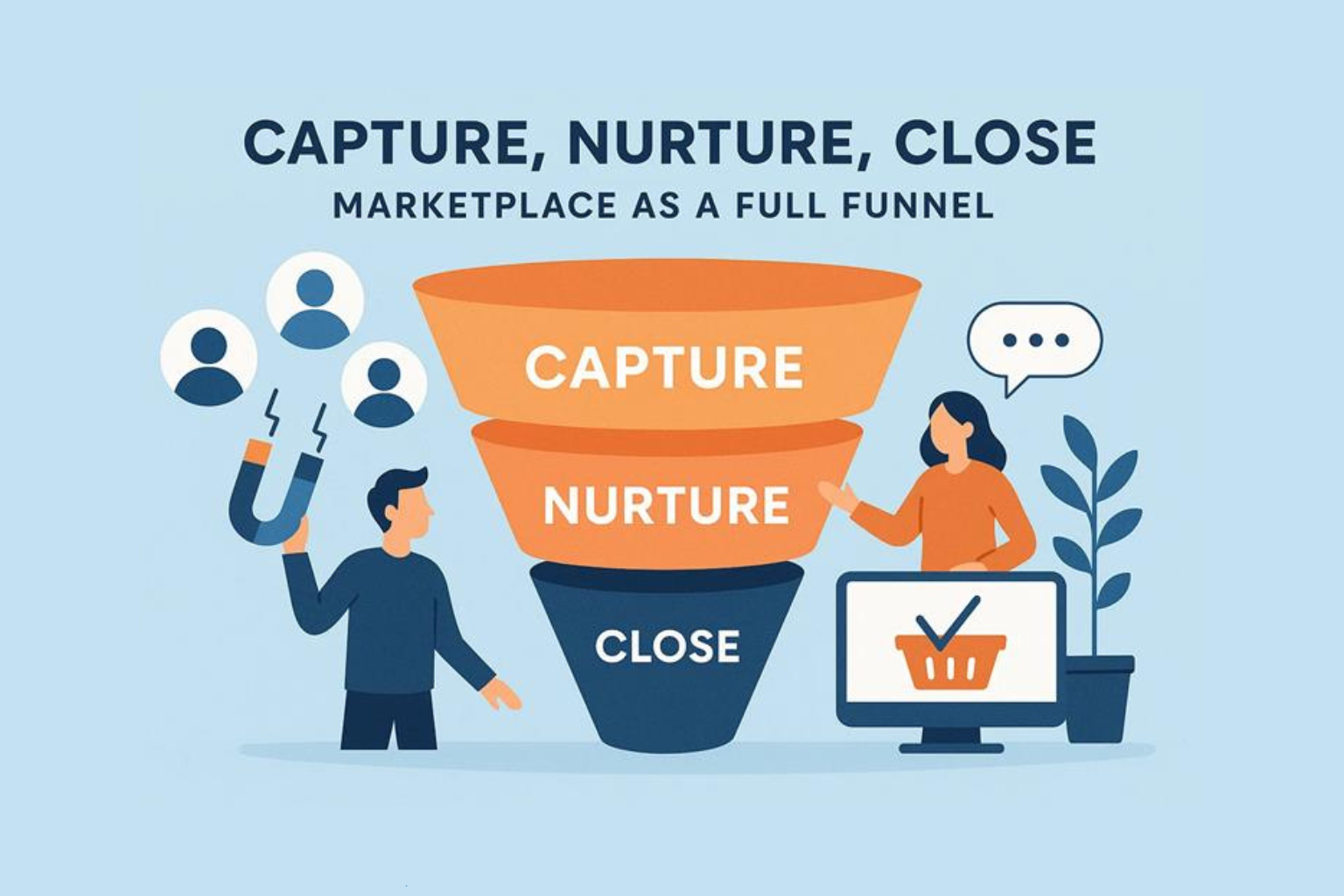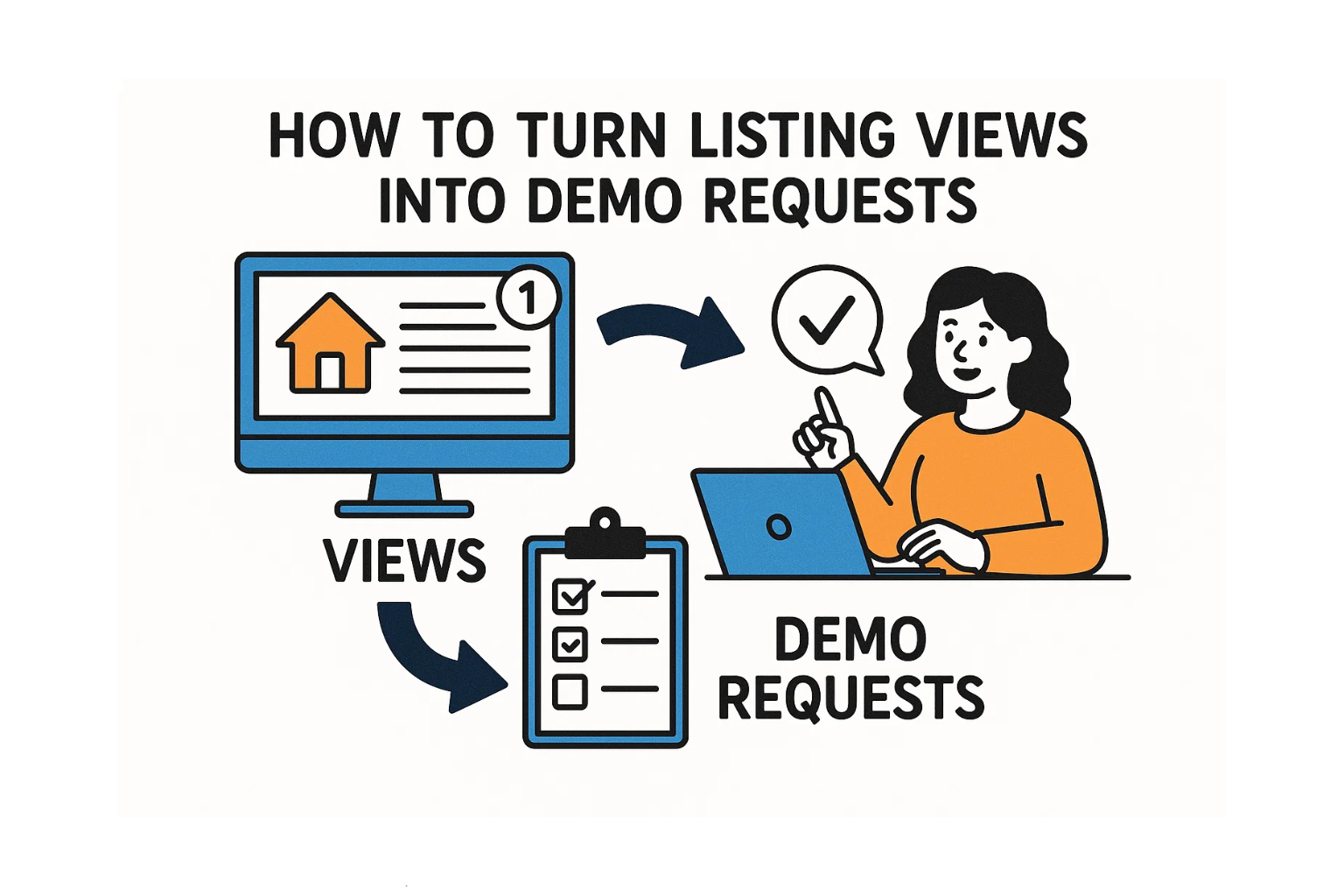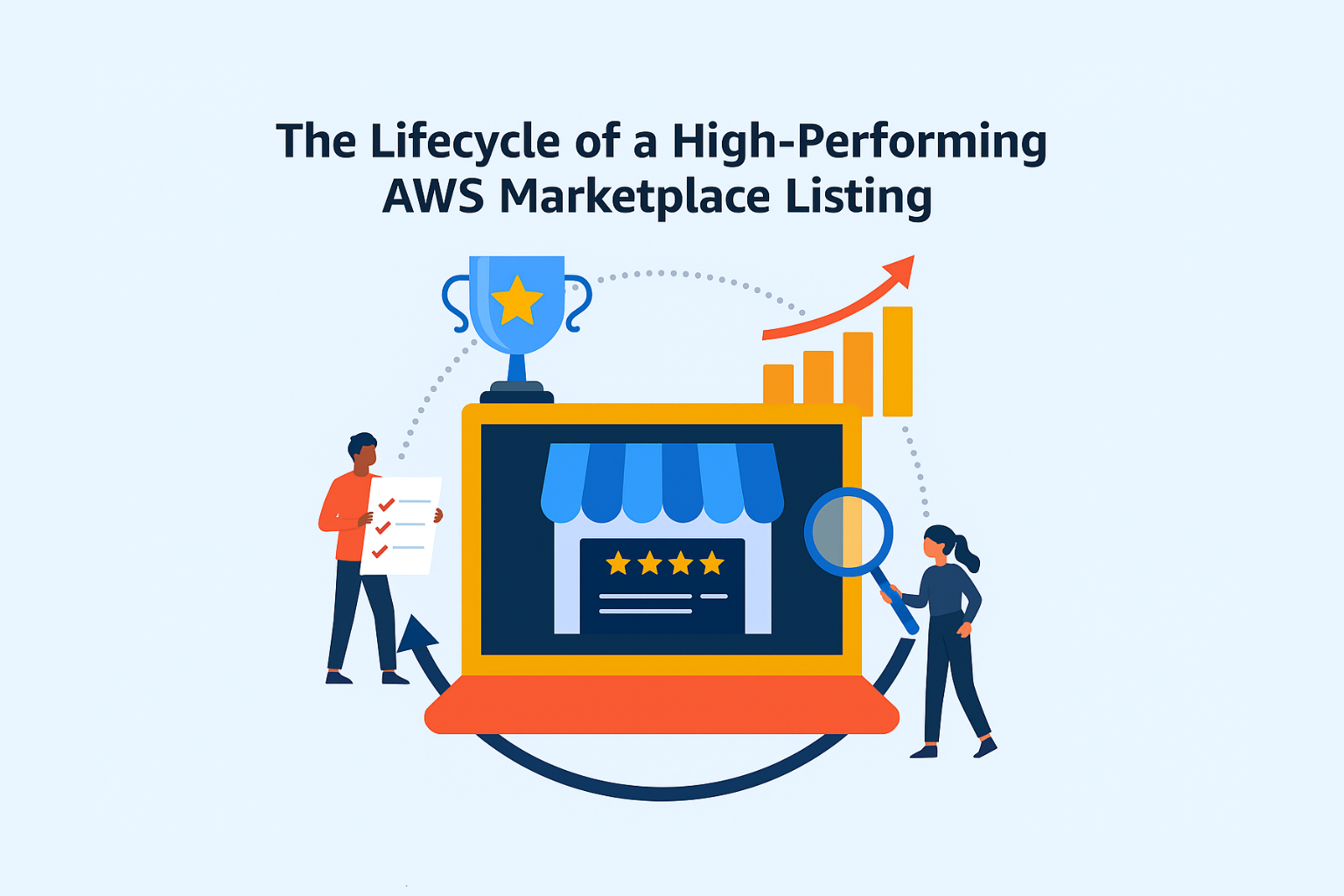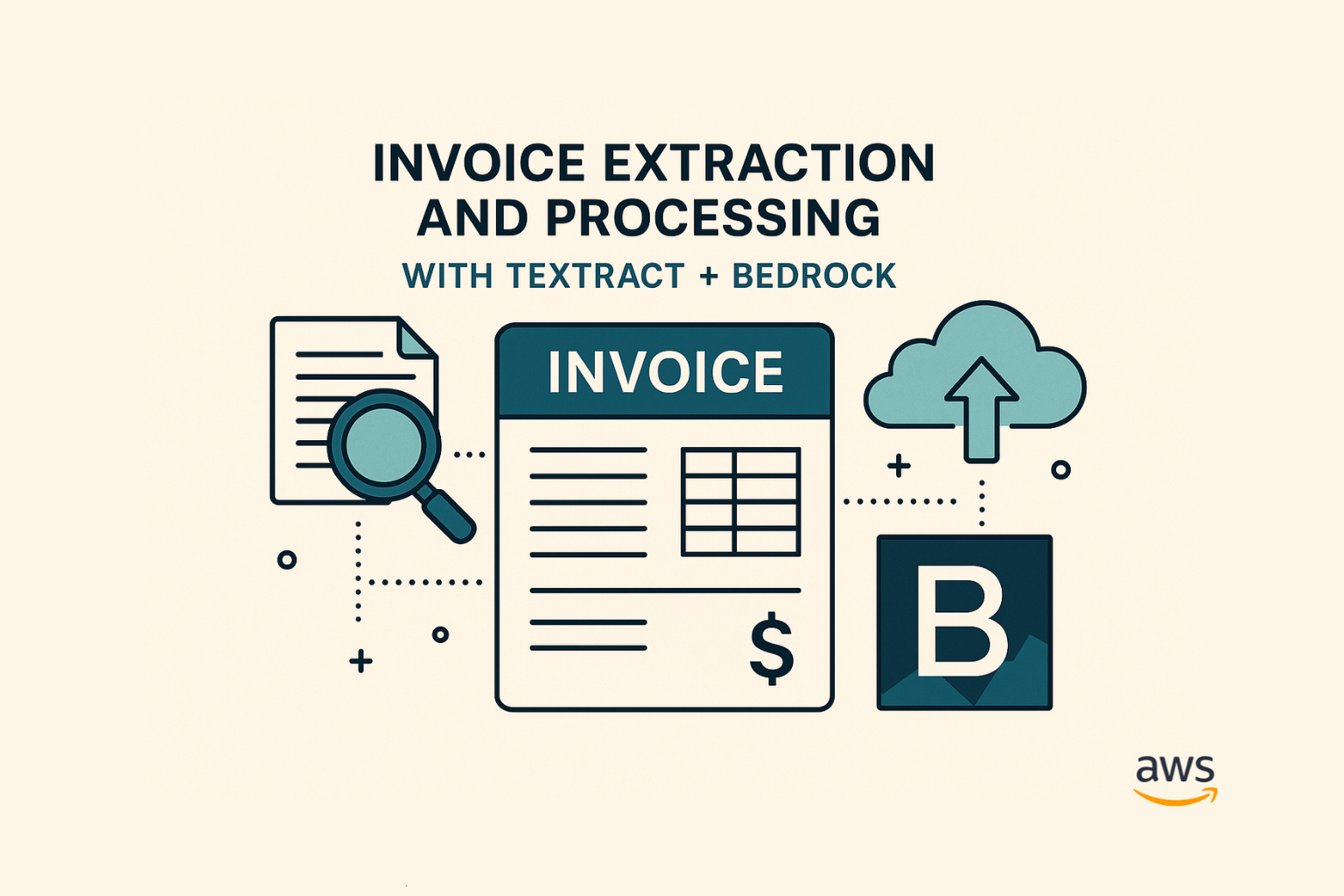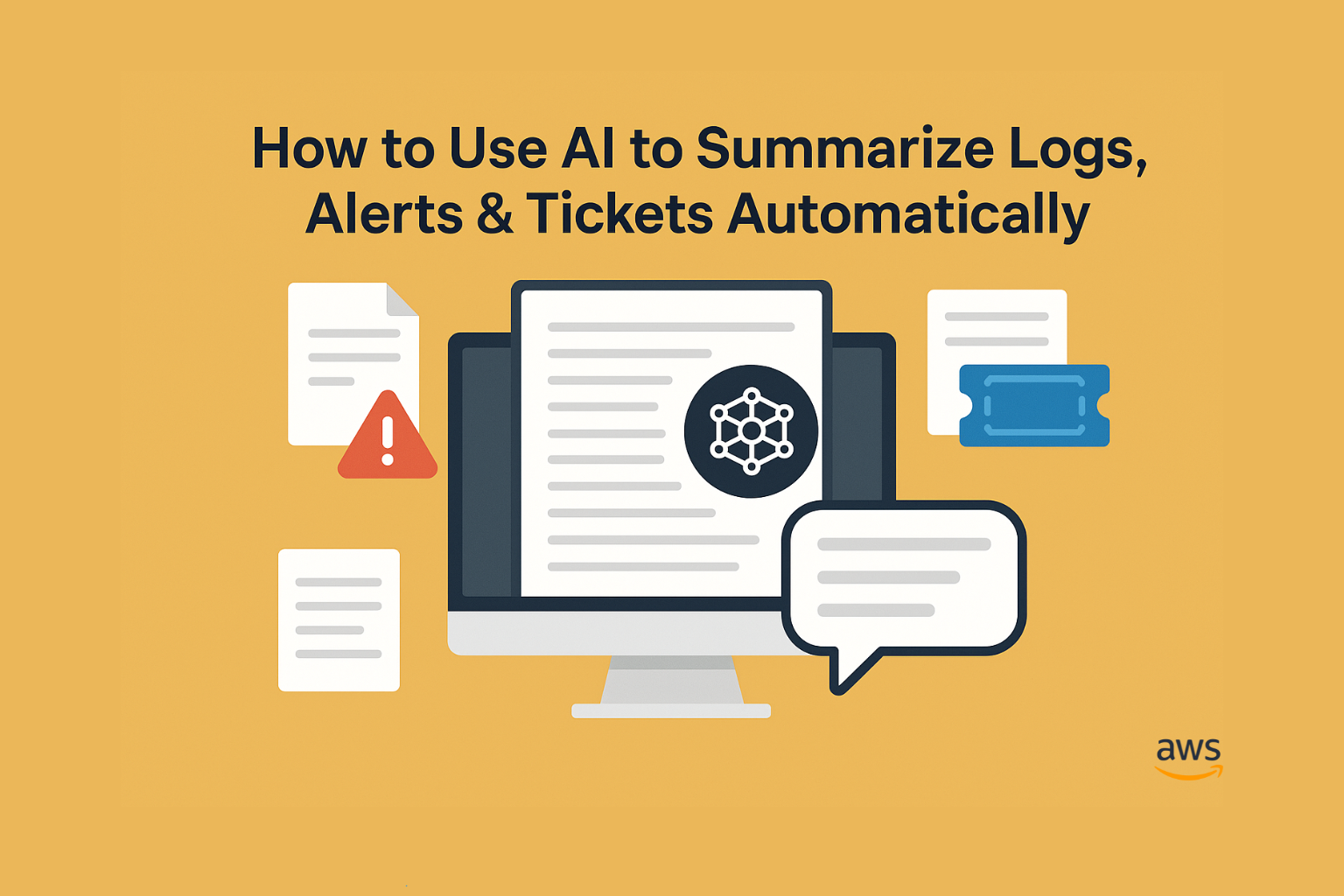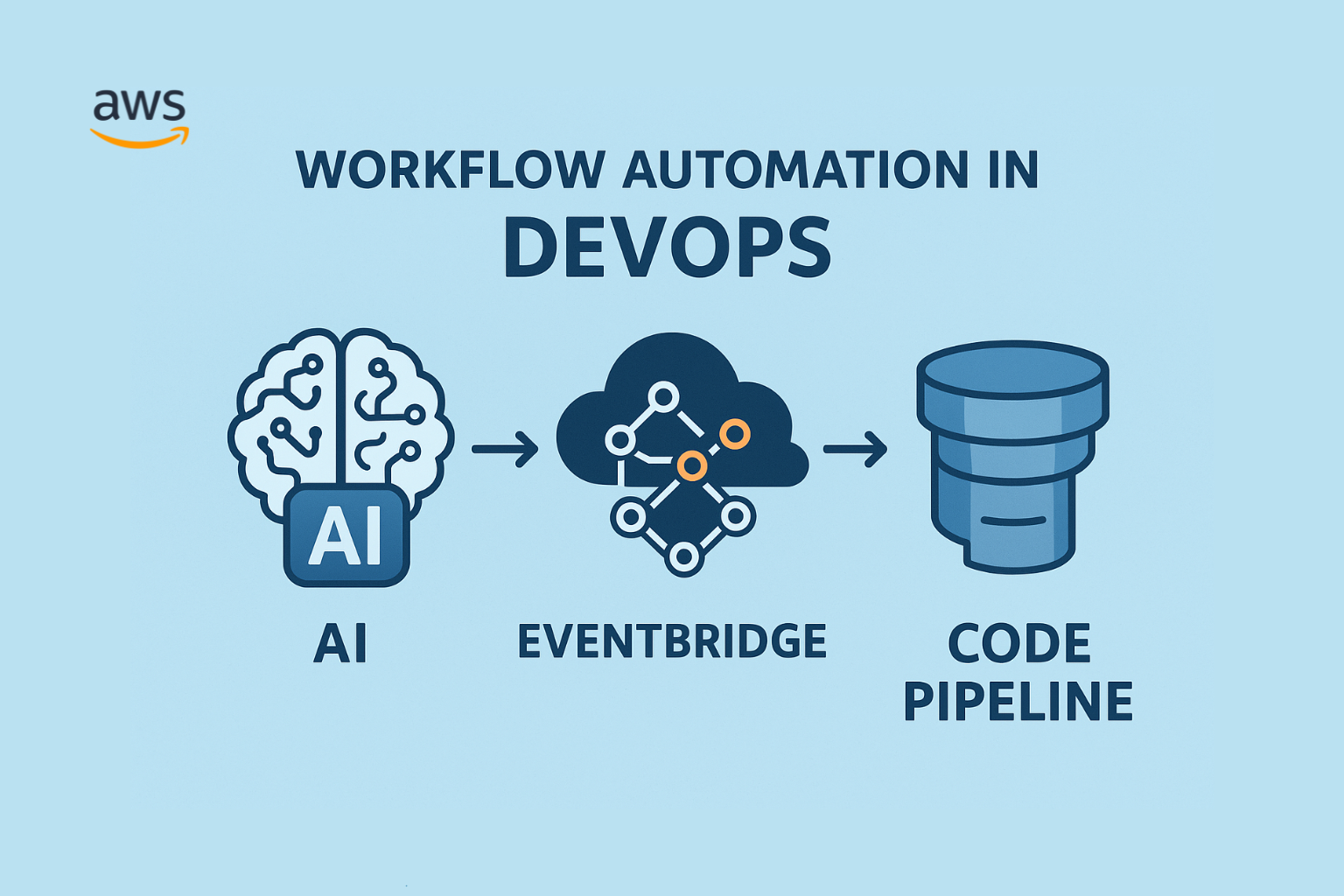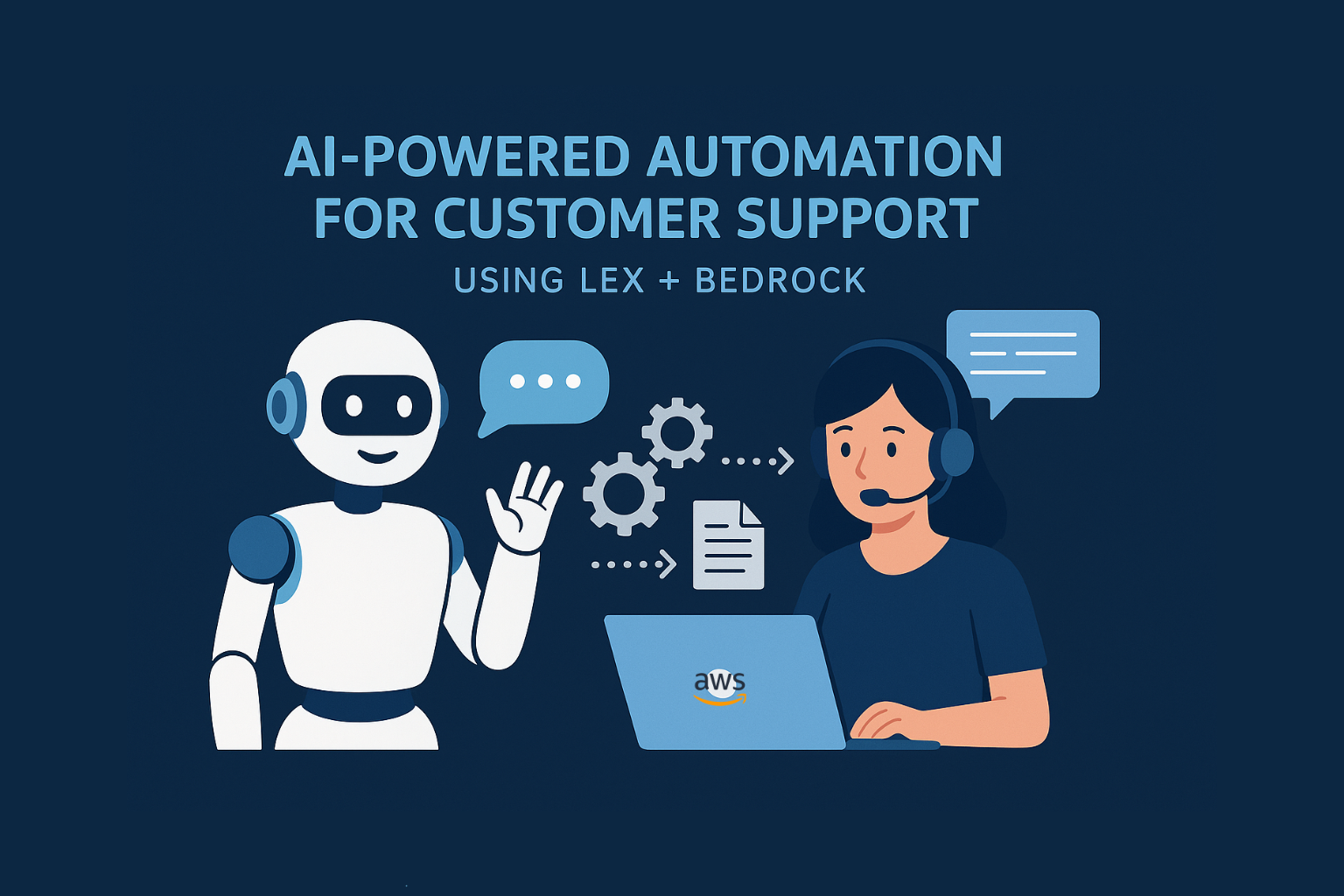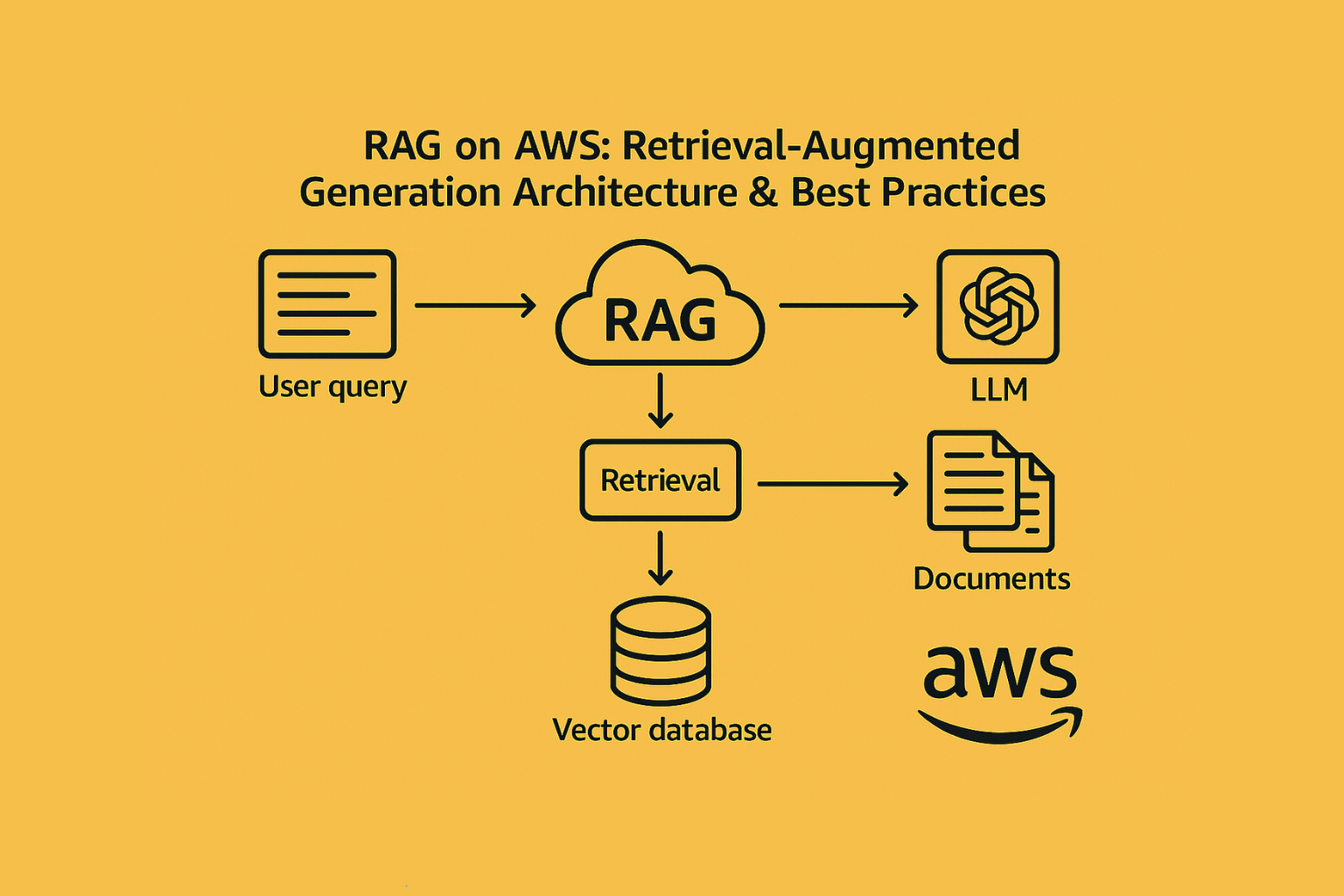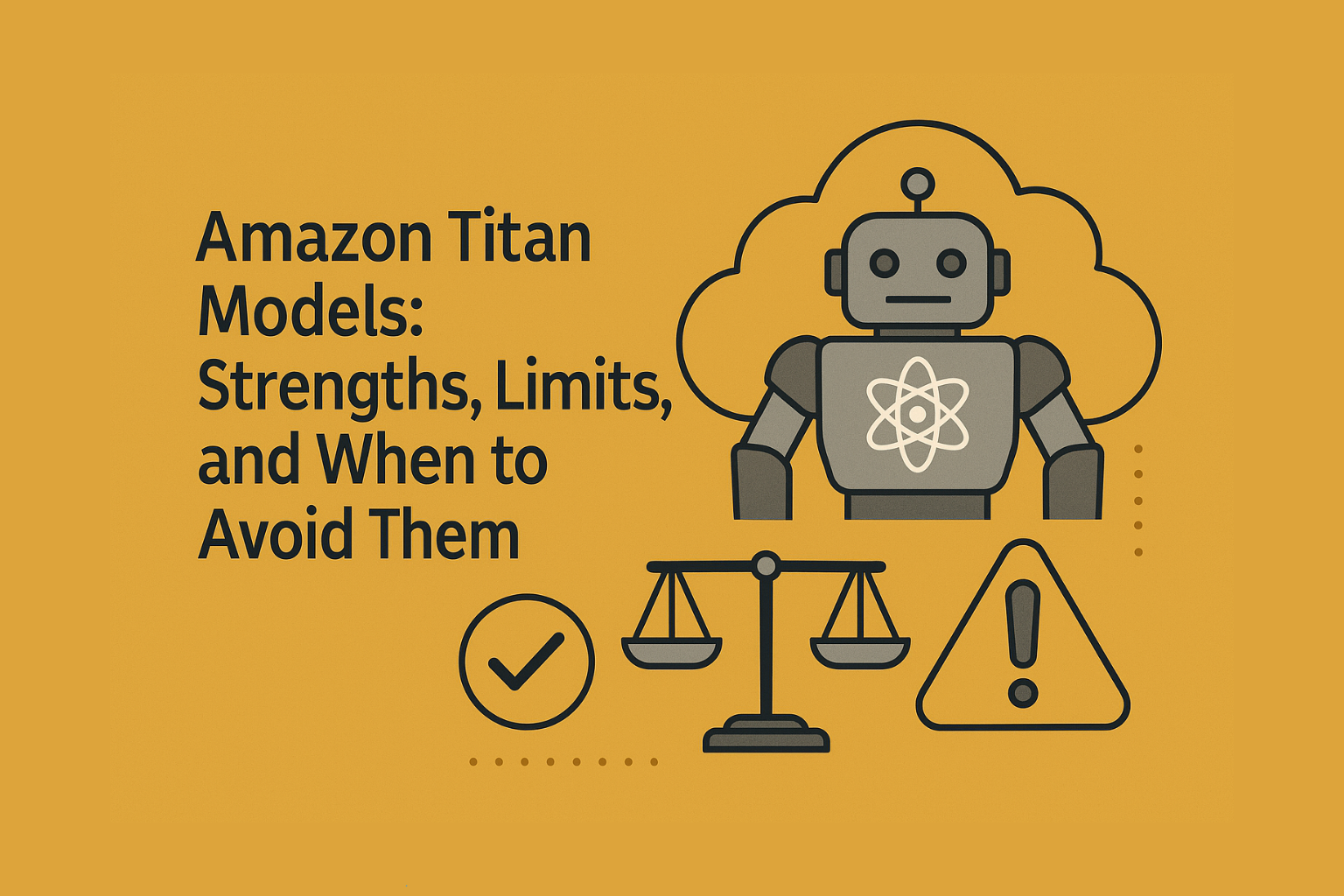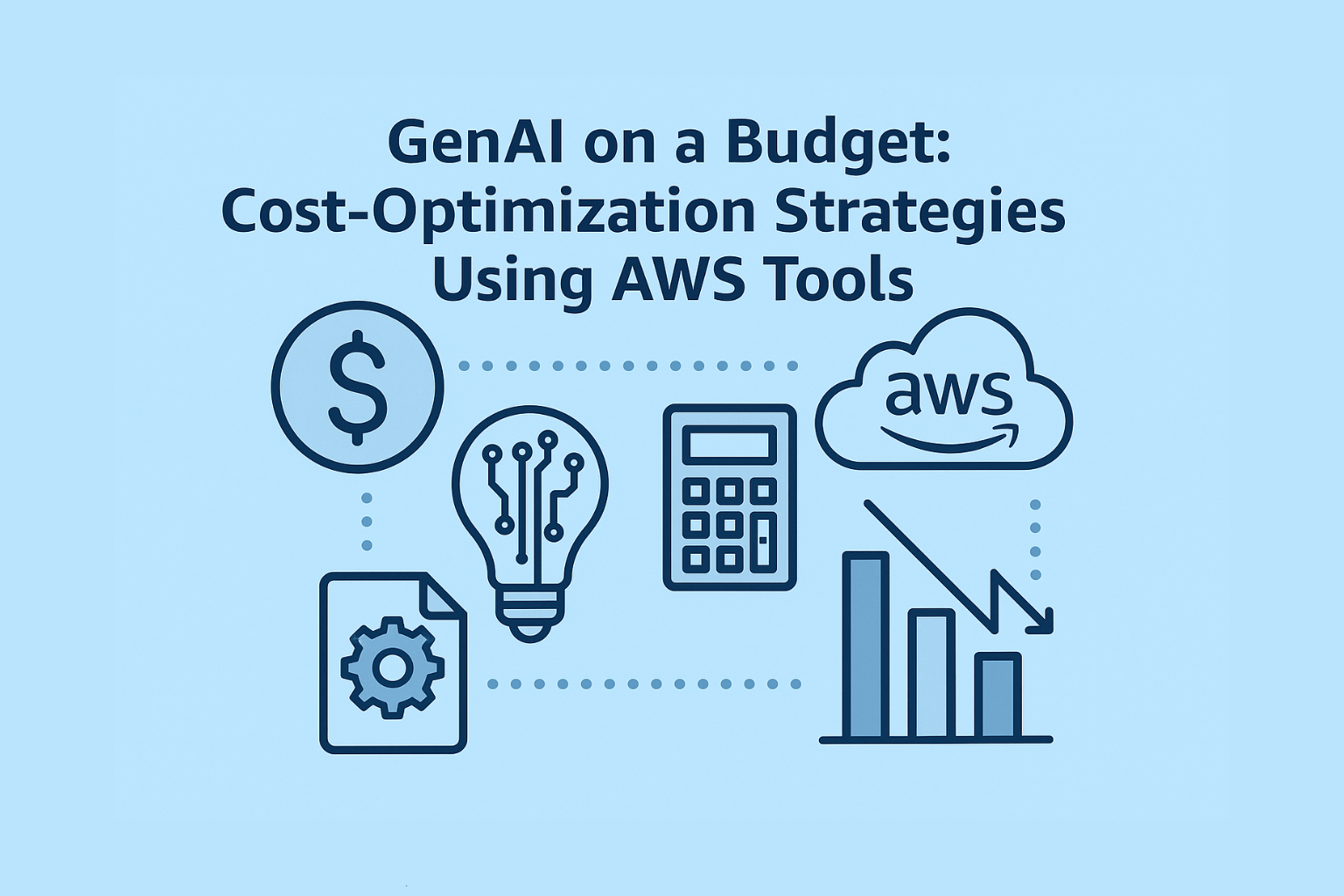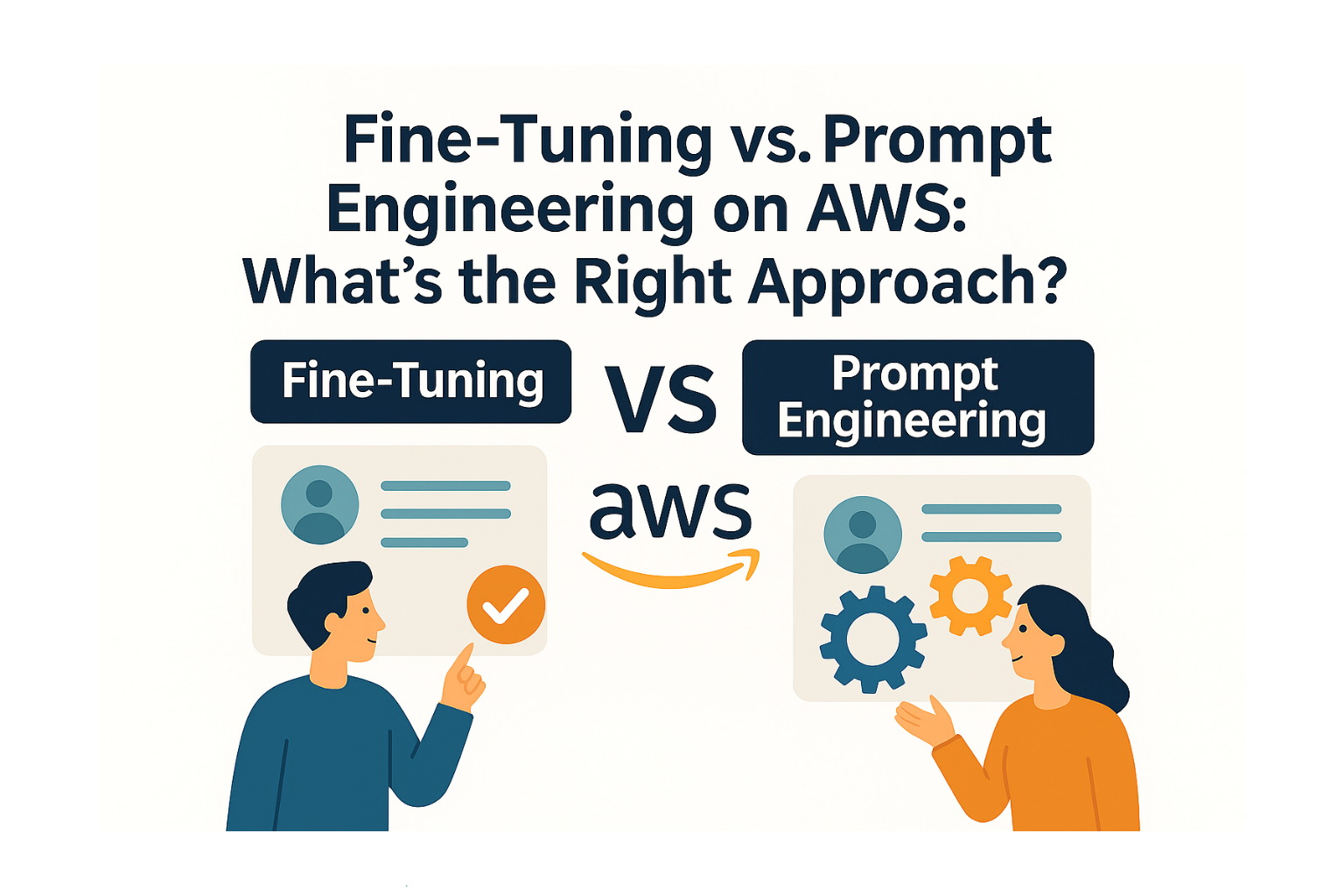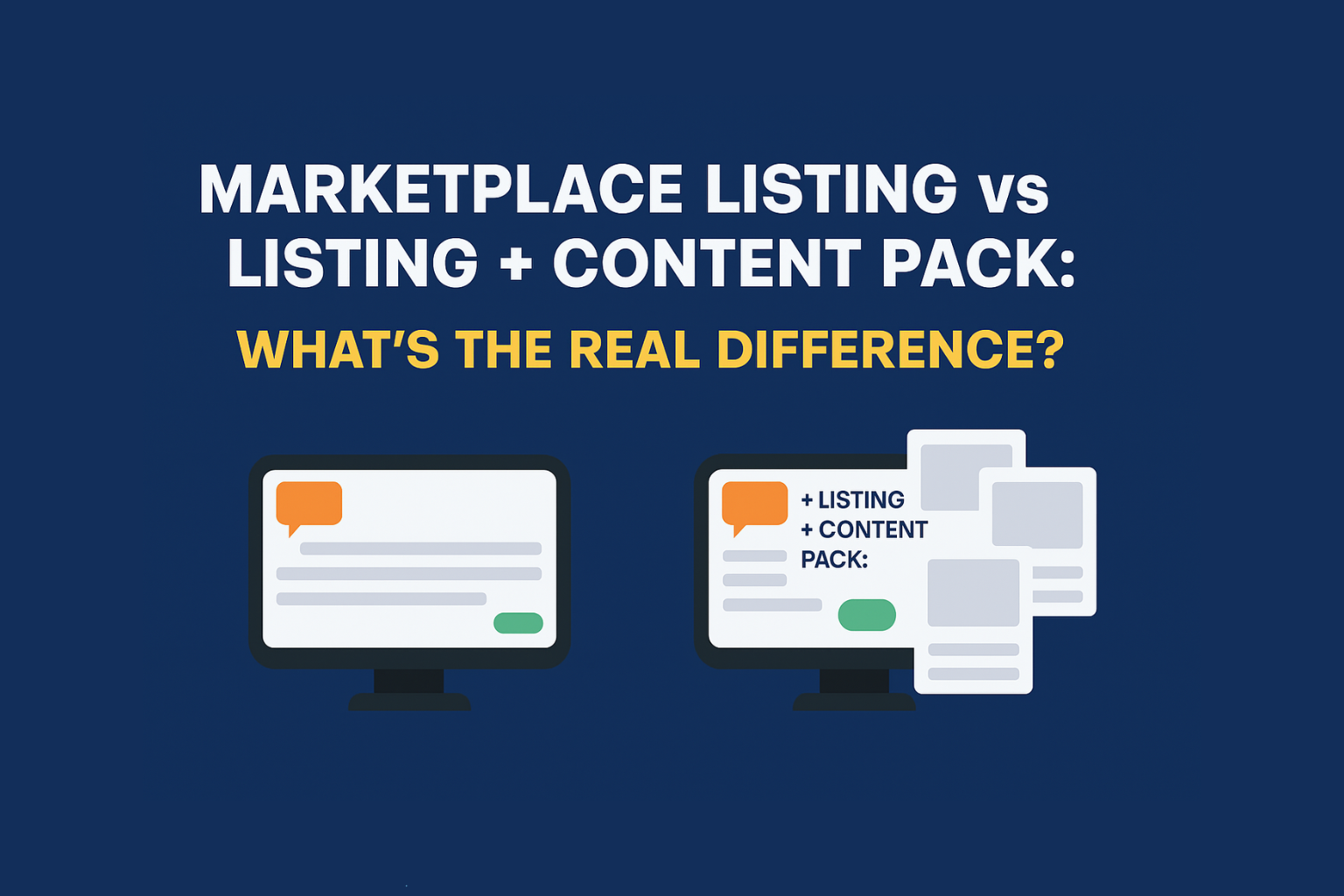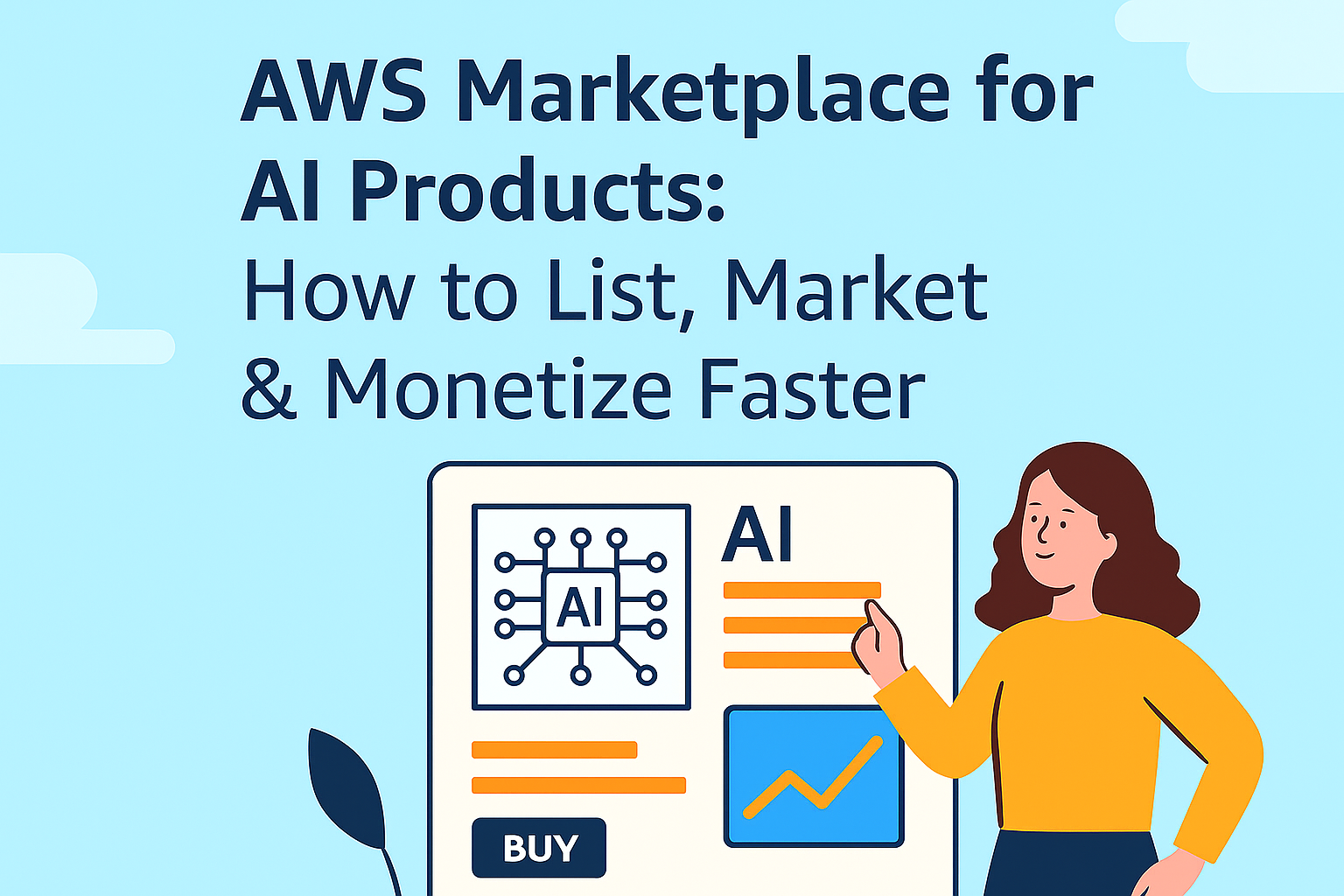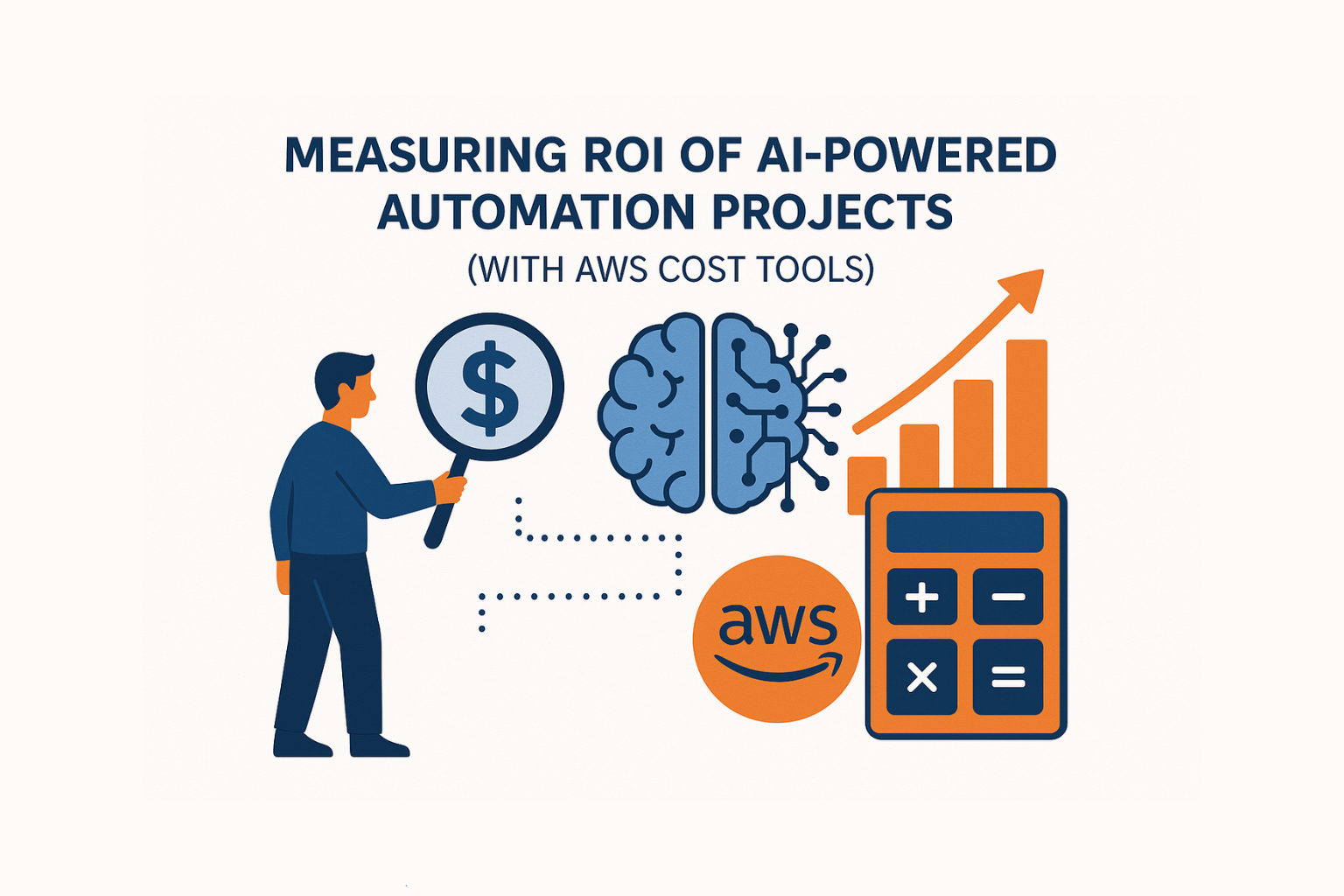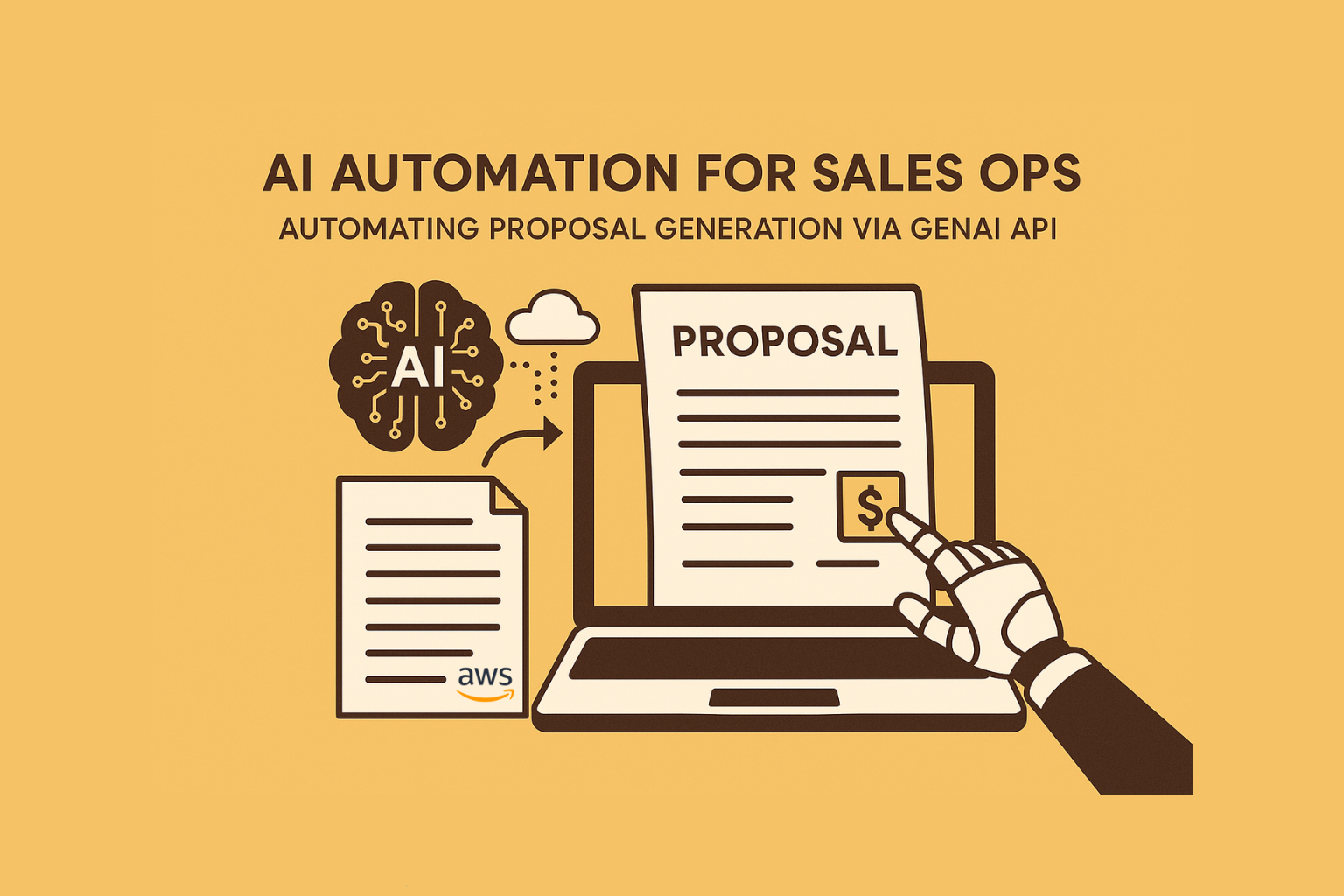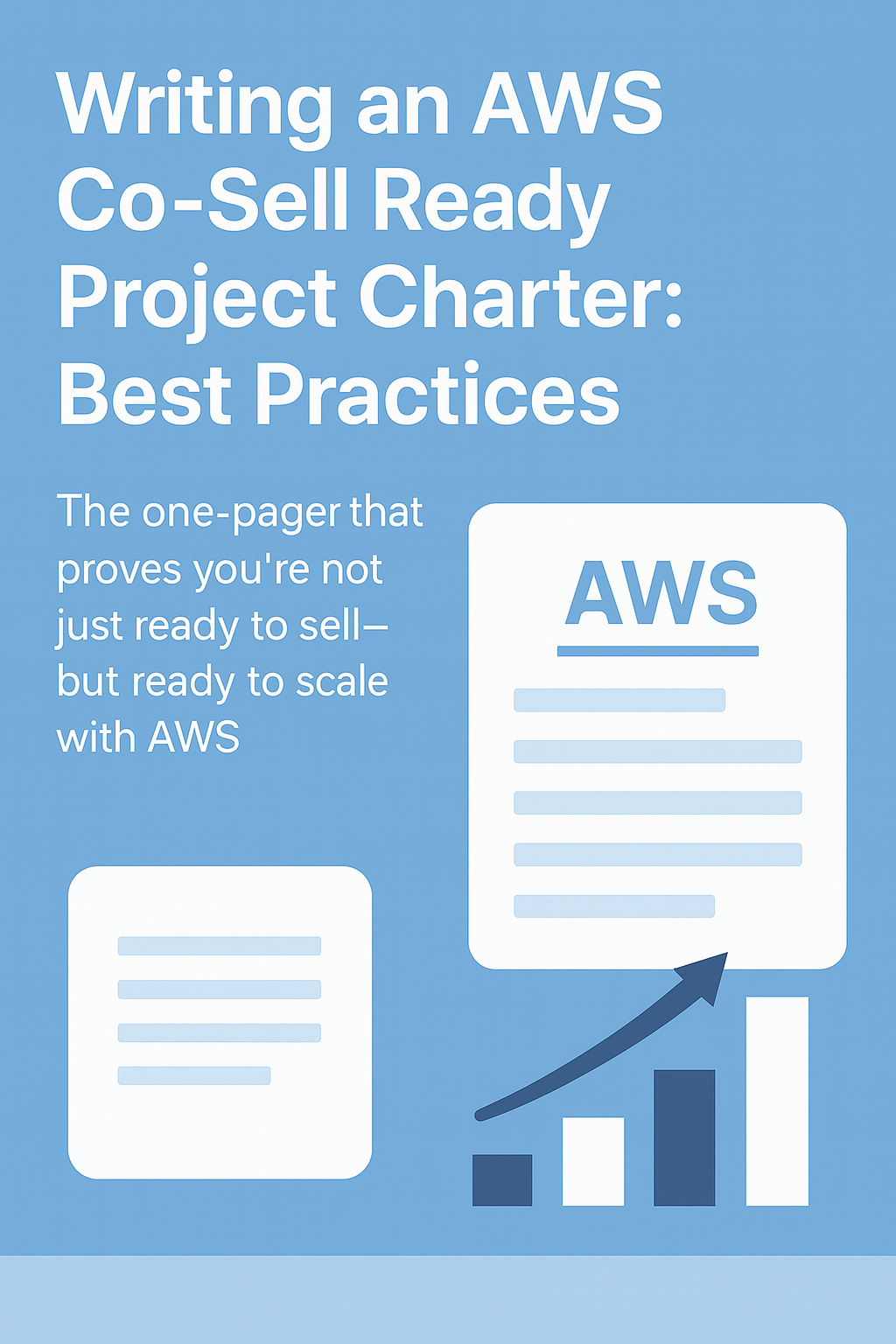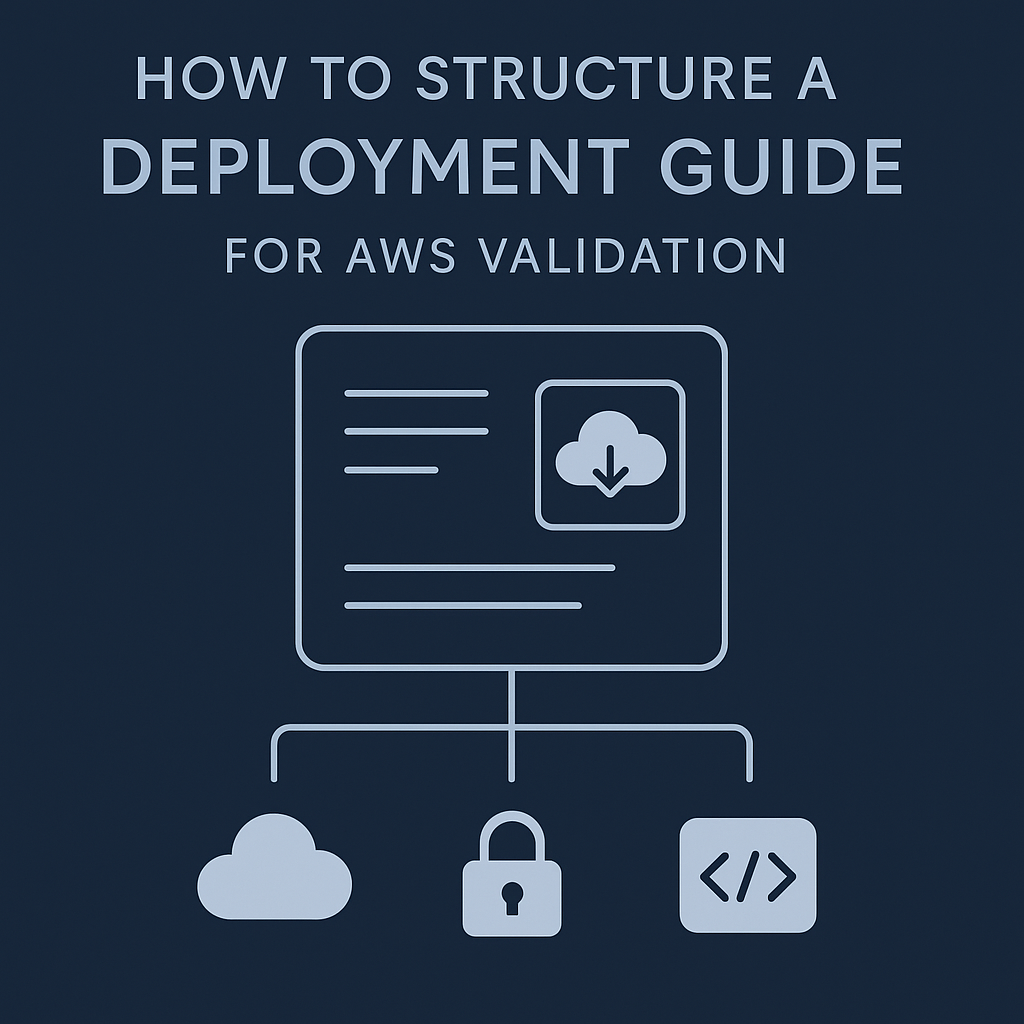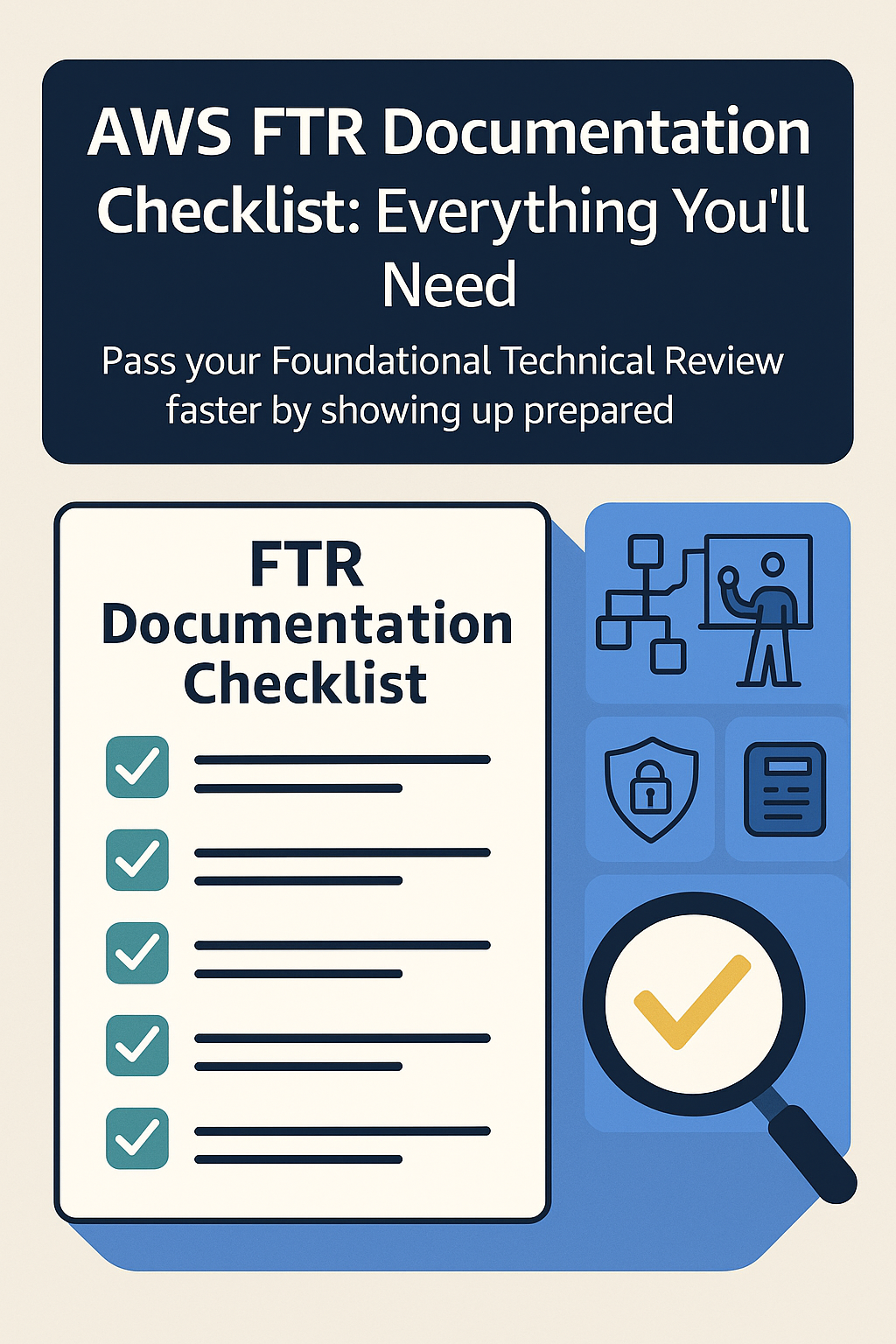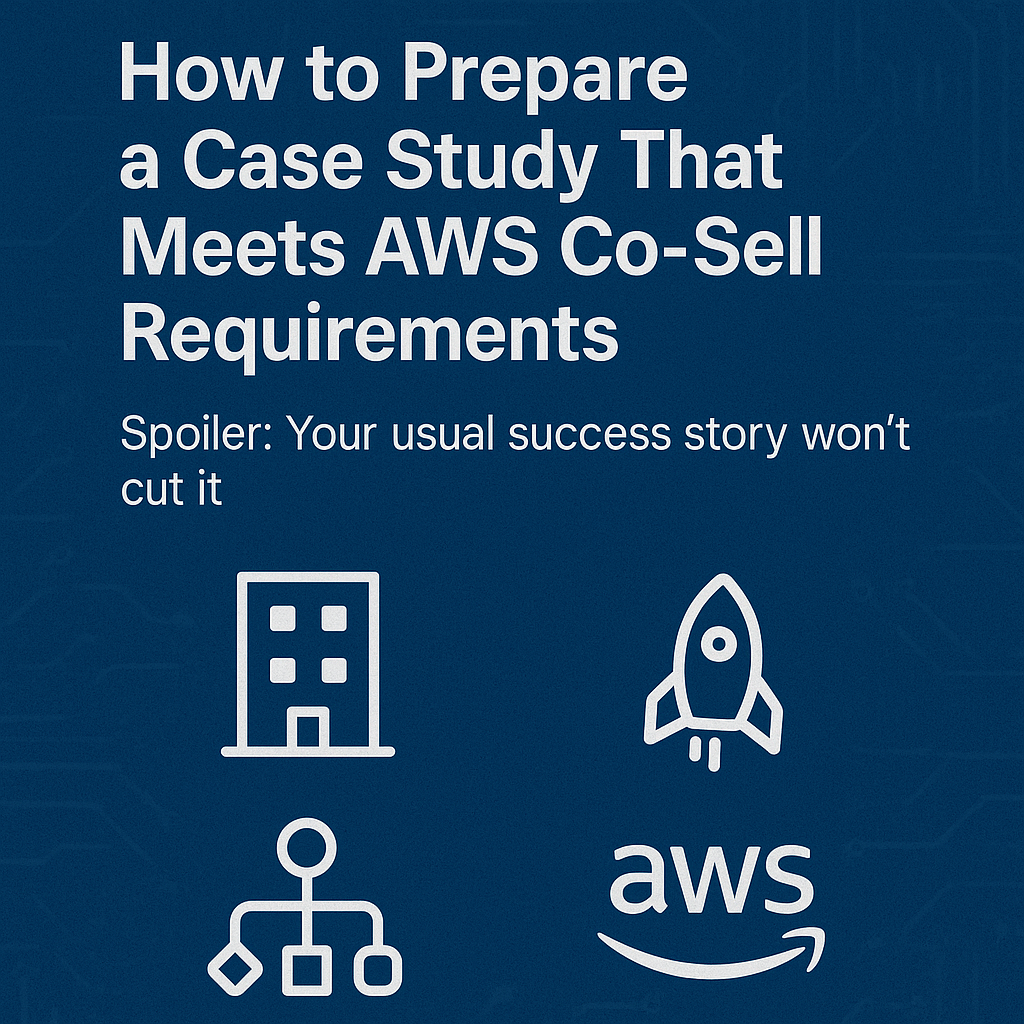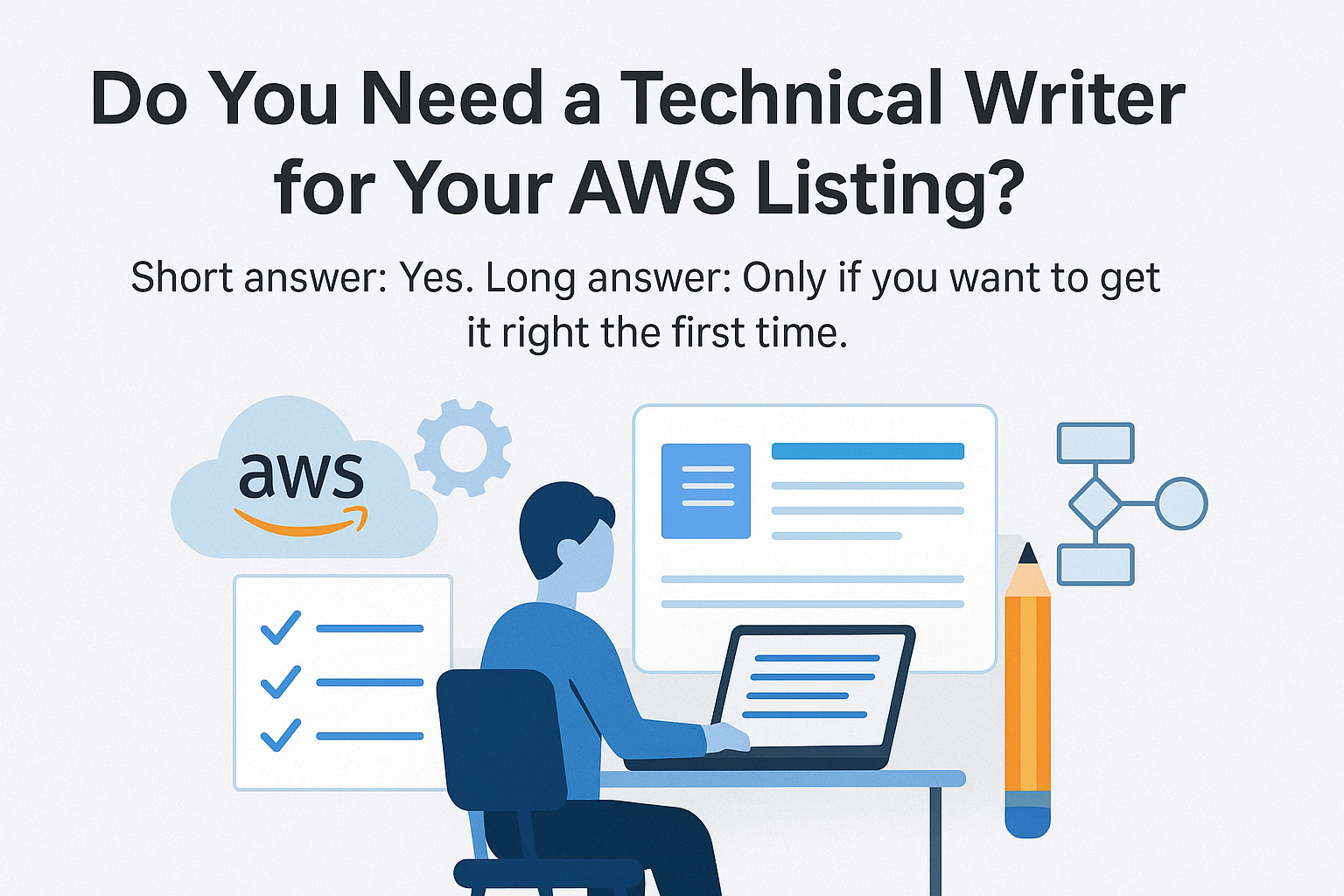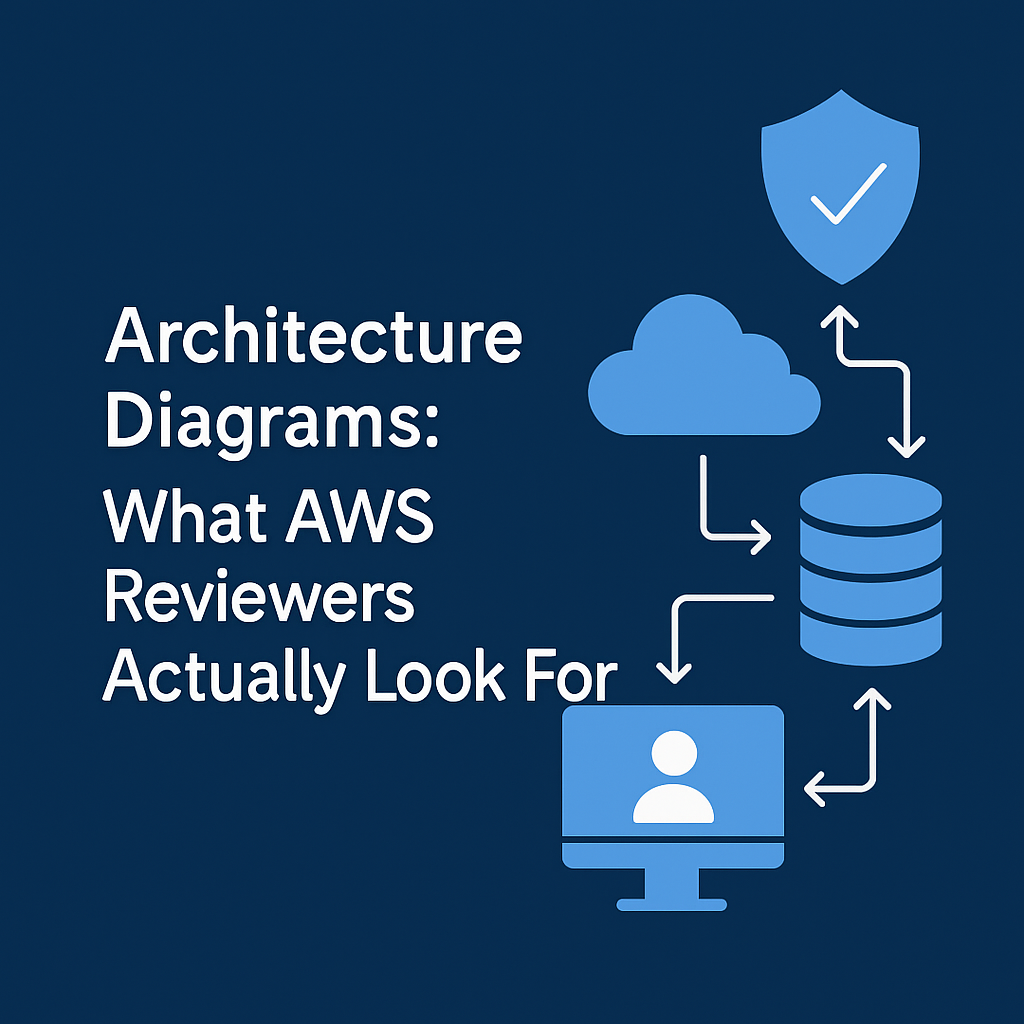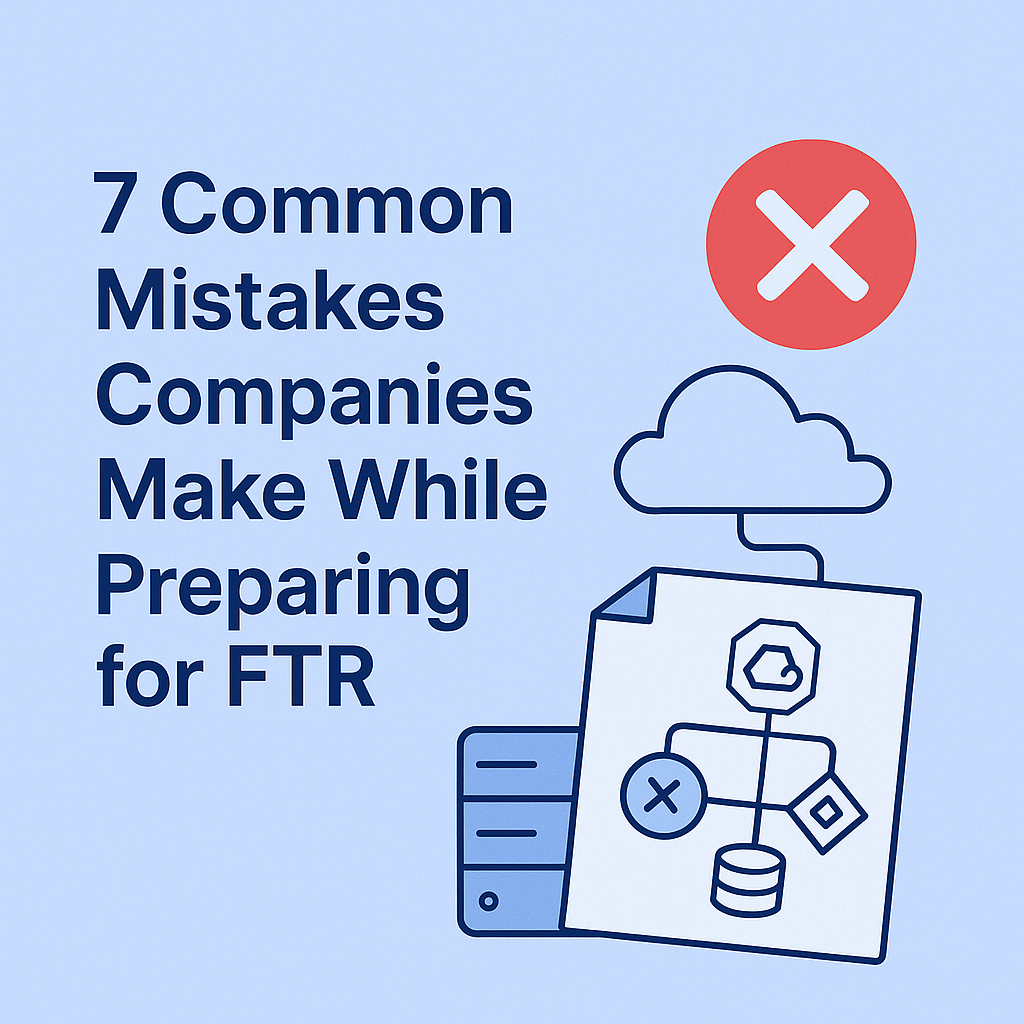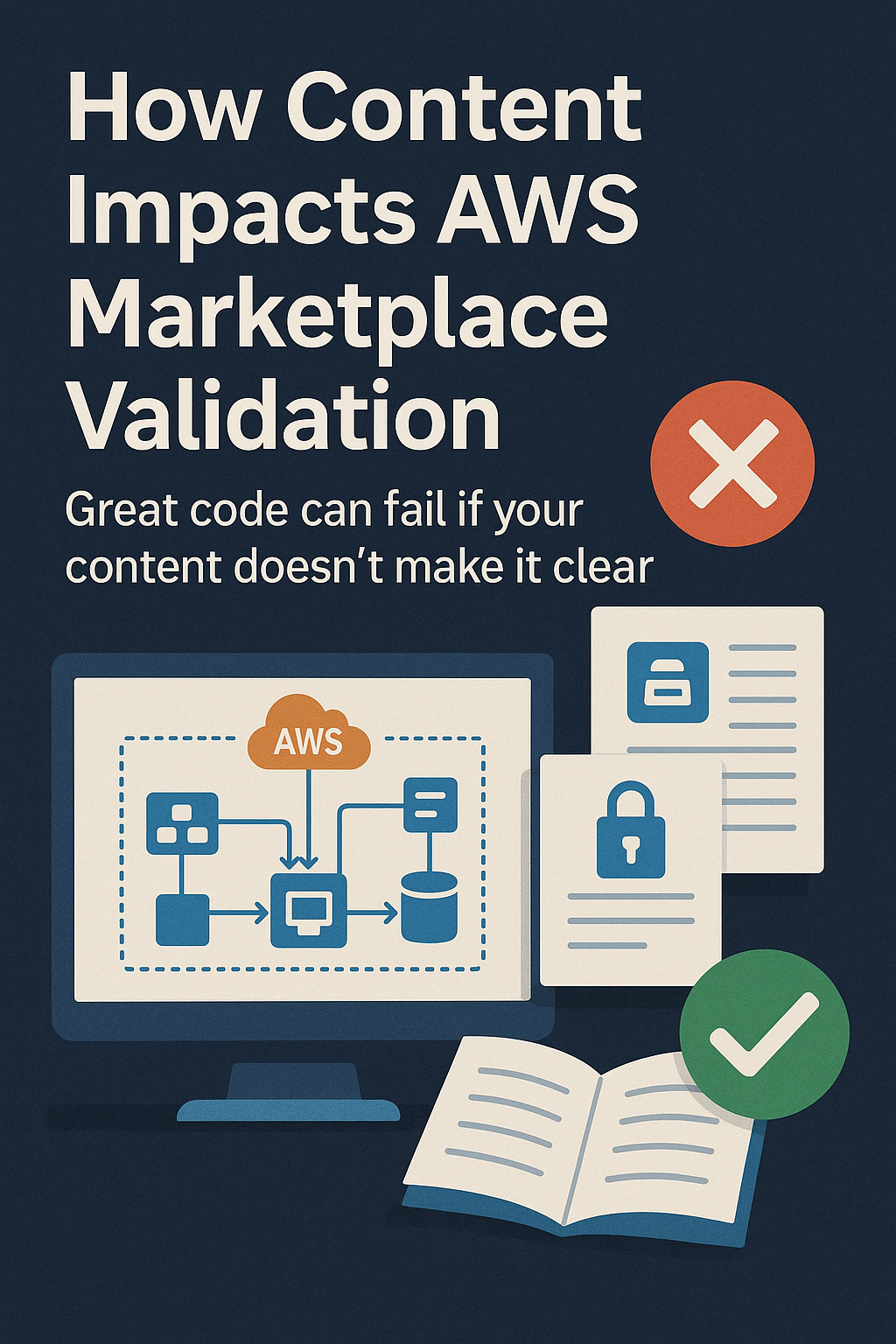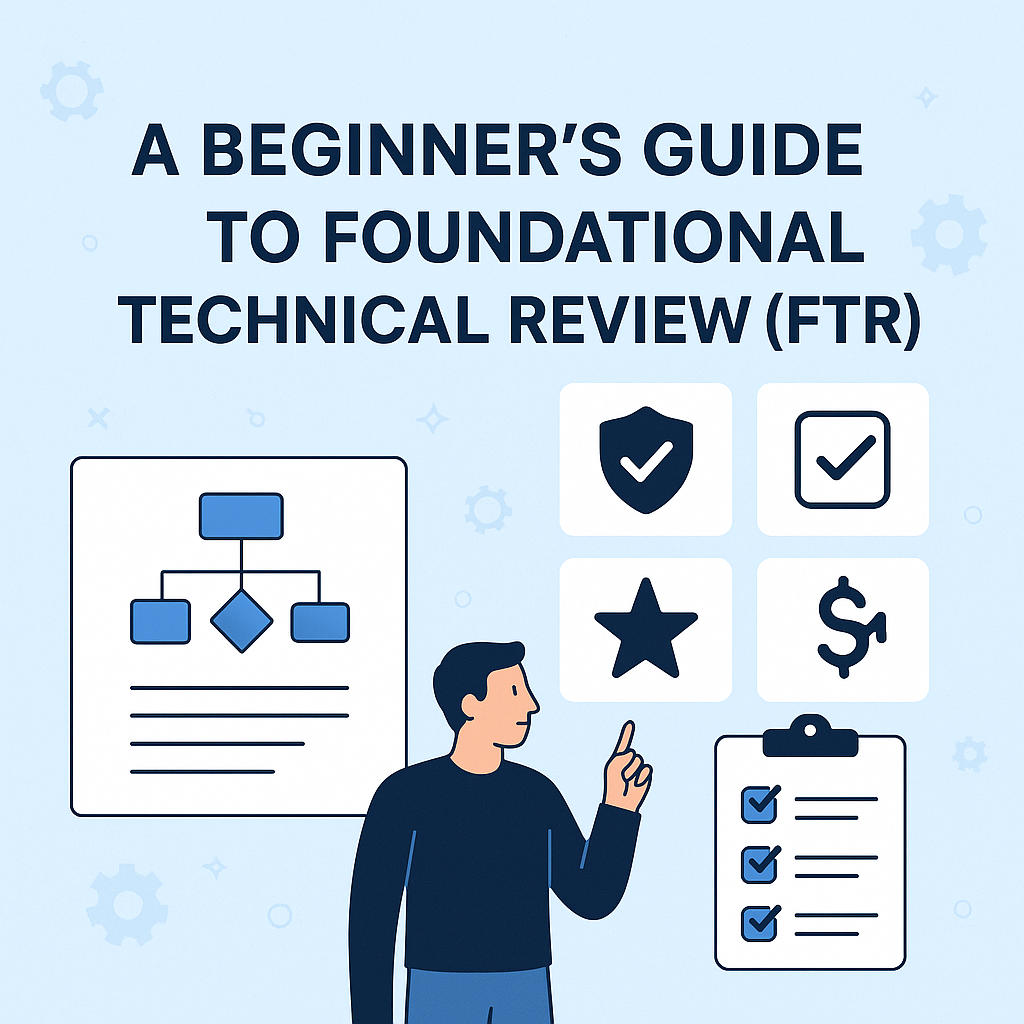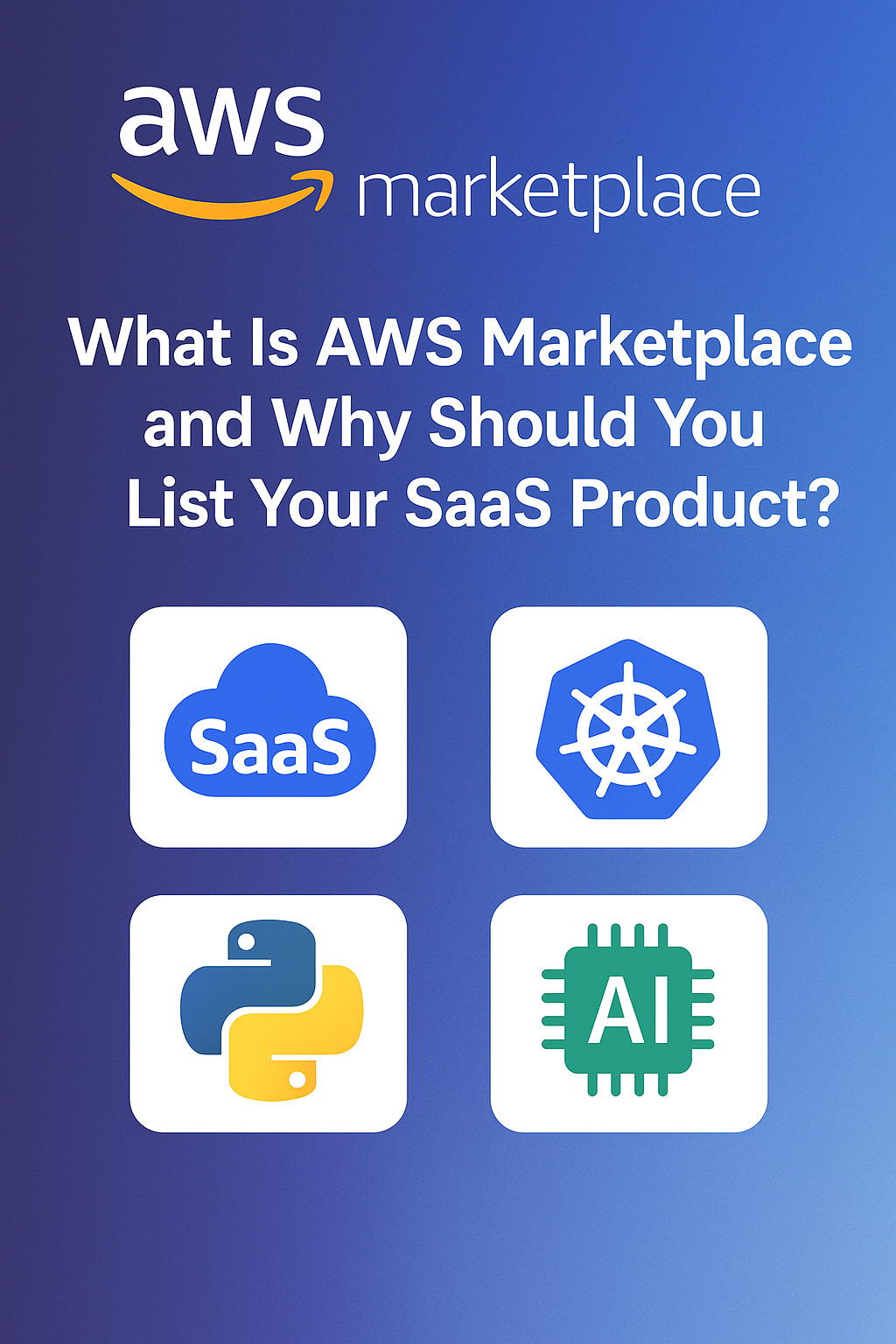What top-performing listings get right, and how you can model yours the same way.
Introduction
There are 400,000+ products listed across B2B marketplaces.
So what makes one AWS listing stand out while another one just… sits there?
It’s not just the tech.
It’s the clarity, trust, and structure of the listing itself.
In this blog, we’ll dissect a real-world AWS Marketplace listing that performs exceptionally well (name anonymized)—and show you how to apply the same playbook to your own.
The Anatomy of a High-Performing AWS Listing
Let’s break this down into six essential parts, each with a real example and takeaway.
1. Headline That Anchors the Problem + AWS Fit
“Real-time Fraud Detection for Financial APIs—Built on Amazon Kinesis & SageMaker”
Why it works:
- Immediately conveys the use case (fraud detection)
- Includes industry vertical (financial APIs)
- Highlights key AWS services (Kinesis + SageMaker)
Takeaway: Use your headline to position for both search relevance and buyer clarity.
2. Subheadline That Confirms Buyer Intent
“Deploy a scalable, secure analytics pipeline in under 30 minutes—fully integrated with your AWS environment.”
Why it works:
- Outcome-focused
- Time-sensitive promise
- Low-friction deployment reassurance
Takeaway: Your subheadline should answer: Why should I care now?
3. Solution Overview With Outcome-Based Language
“Our platform enables data teams to detect anomalies in real-time by combining event-driven processing with machine learning scoring layers.”
Why it works:
- Explains how it works (event-driven + ML)
- Connects directly to what it solves (real-time detection)
Takeaway: Buyers don’t just want to understand the tech—they want to understand the transformation.
4. Embedded Architecture Diagram
Why it works:
- Uses AWS-standard icons
- Clearly labeled flow from ingestion to scoring
- Lists services with rationale:
- Kinesis for stream ingestion
- Lambda for transformation
- SageMaker for scoring
- DynamoDB for real-time data access
Takeaway: A well-designed diagram earns instant trust from both technical buyers and AWS reviewers.
5. Security + Compliance Block
“Data is encrypted in transit (TLS 1.2) and at rest using AWS KMS. IAM roles with least-privilege policies are applied across all compute resources. The platform supports SOC2 Type 2 and GDPR requirements.”
Why it works:
- Specific
- Standardized
- Uses AWS service names for clarity
Takeaway: Vague claims don’t convert. Precision builds trust.
6. CTA and Support Info That Reduces Friction
“One-click deploy with CloudFormation template
24/7 support via Slack, email, or AWS Support plan
Deployment guide + walkthrough included”
Why it works:
- Shows buyers what happens after they click
- Addresses risk and onboarding questions upfront
Takeaway: Conversions rise when buyers feel confident in the first step.
Final Lesson: It’s Not About “More Content”—It’s About “More Clarity”
This listing doesn’t work because it’s long.
It works because it’s clear, specific, and buyer-aligned, with just the right amount of technical depth to inspire confidence.
Your Checklist to Replicate This Success
- Use an outcome-driven title
- Include 2–3 AWS services by name
- Align value props with a real use case
- Add one labeled architecture diagram
- Be specific with security claims
- Reduce first-click friction with clear deployment steps
Conclusion
You don’t need a “perfect” product to have a high-performing listing.
You just need a clear story, mapped to AWS services, with real buyer signals.
Build it right, and your listing becomes your silent sales engine.
Want us to audit or rewrite your Marketplace listing using this framework?
Contact us for more details.
